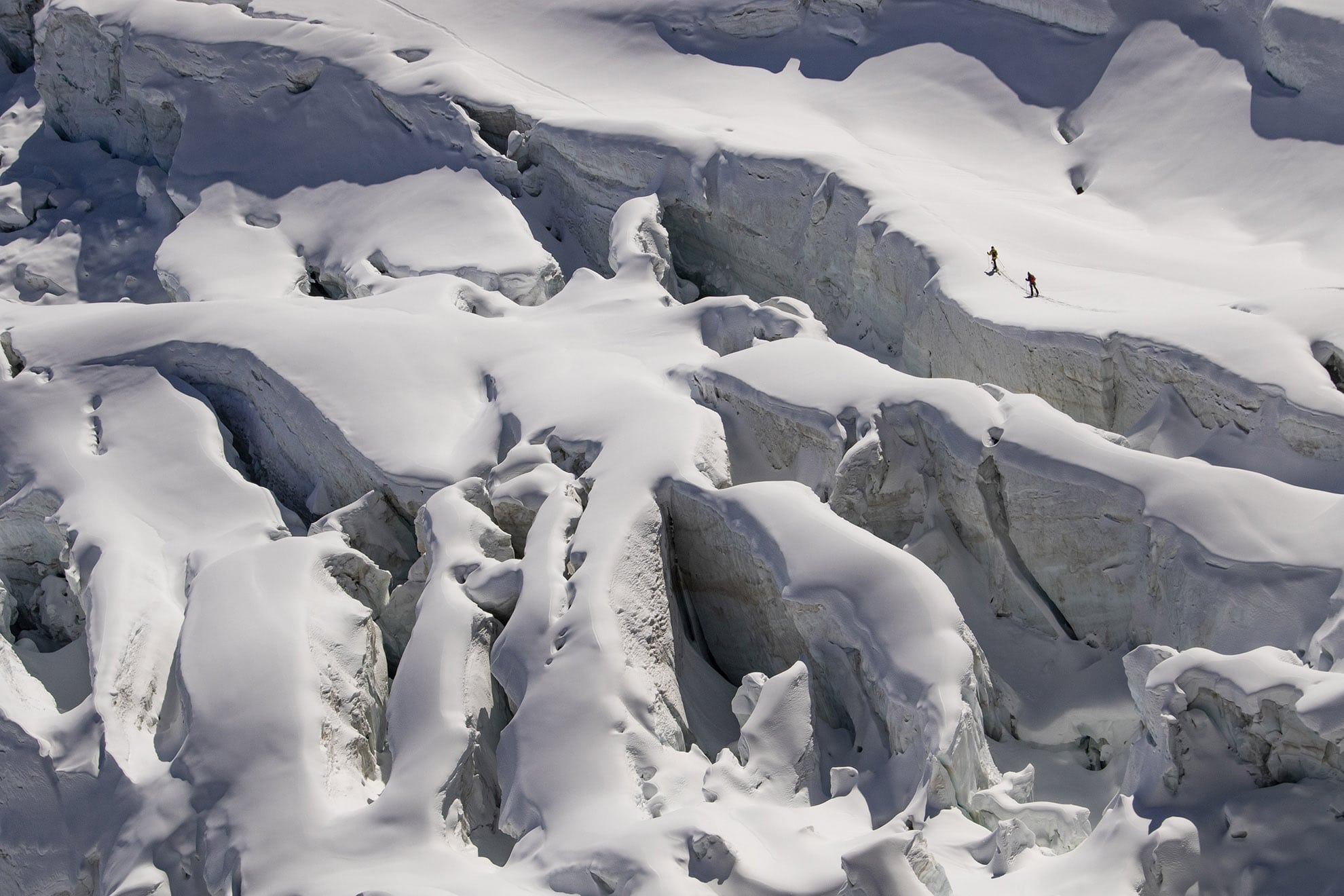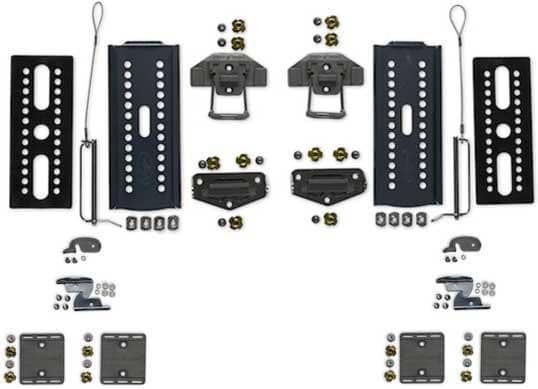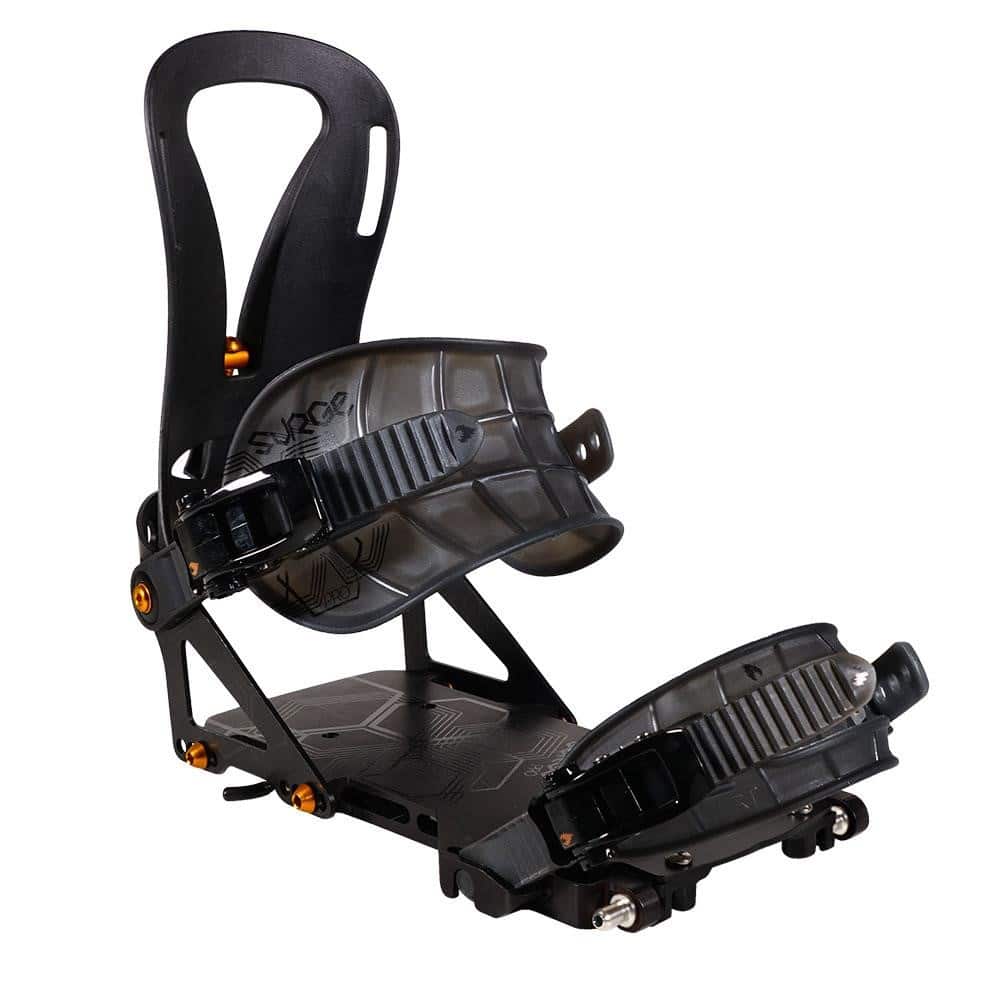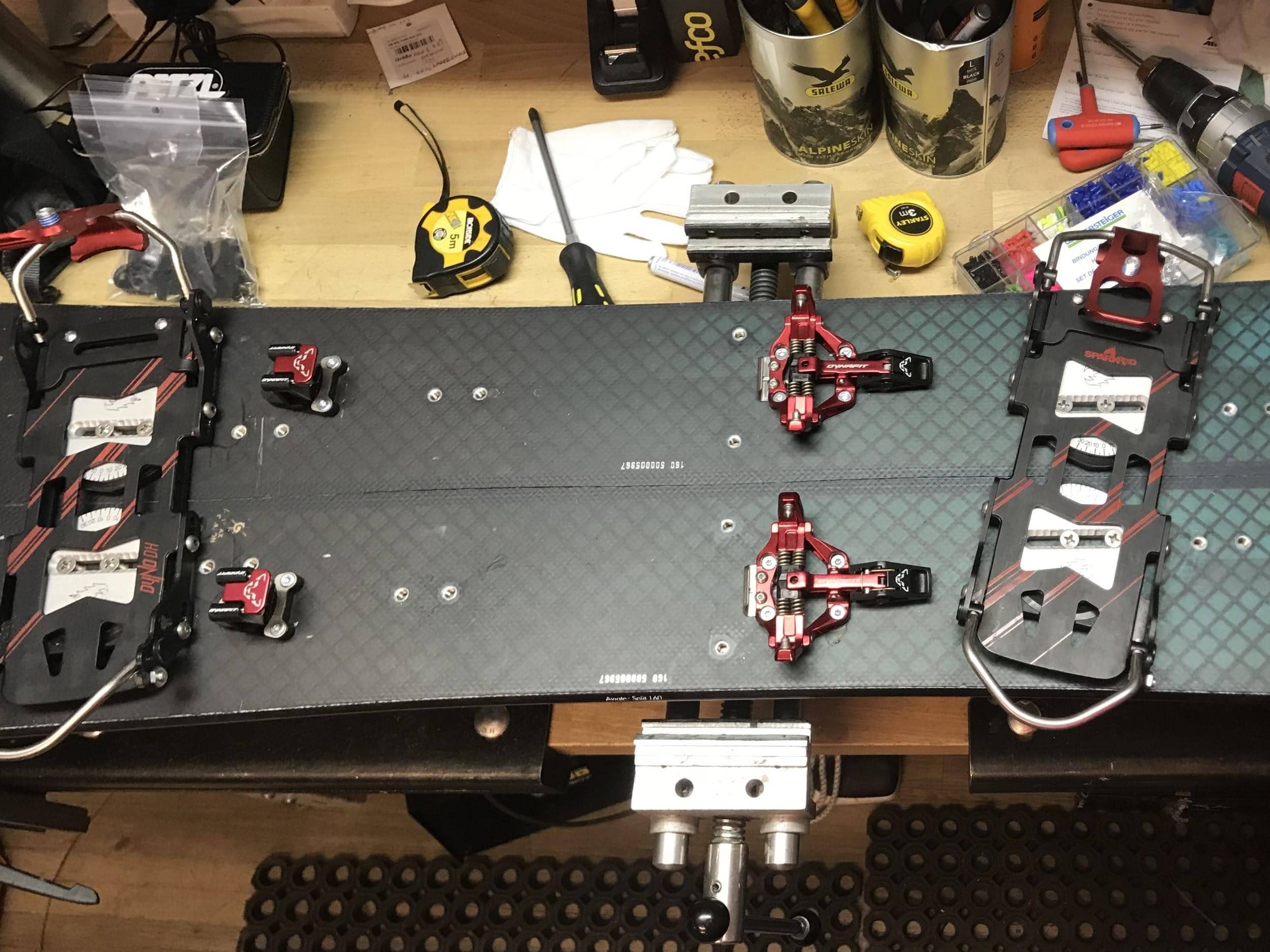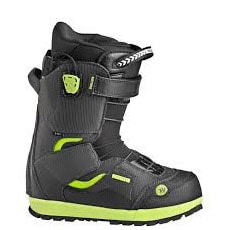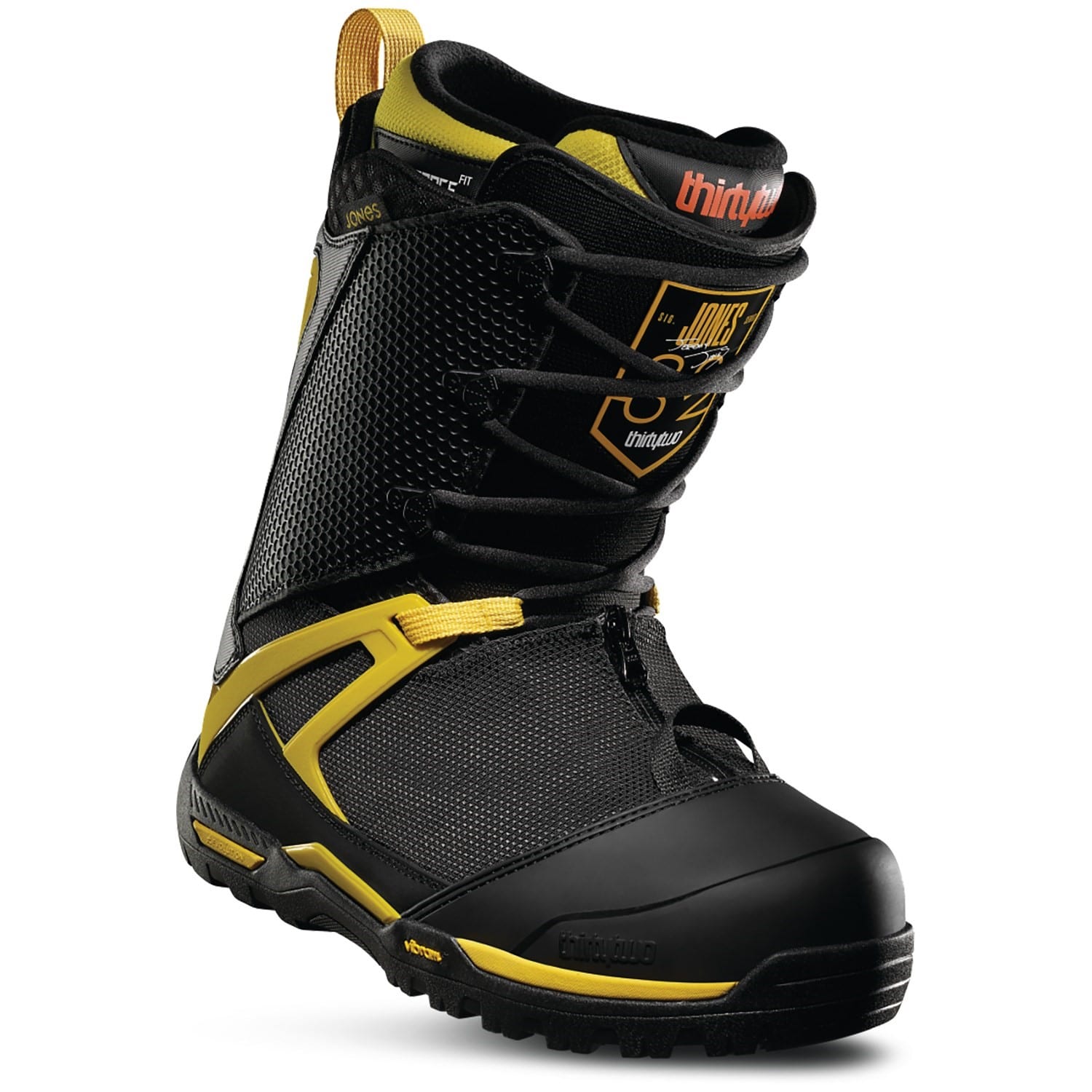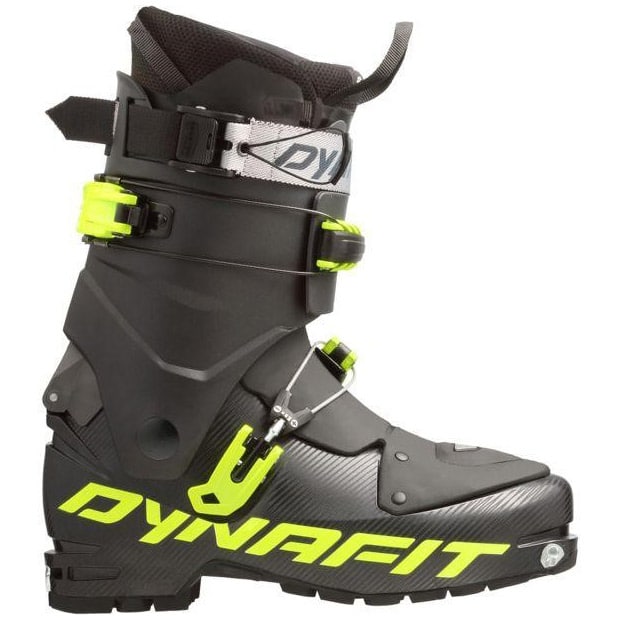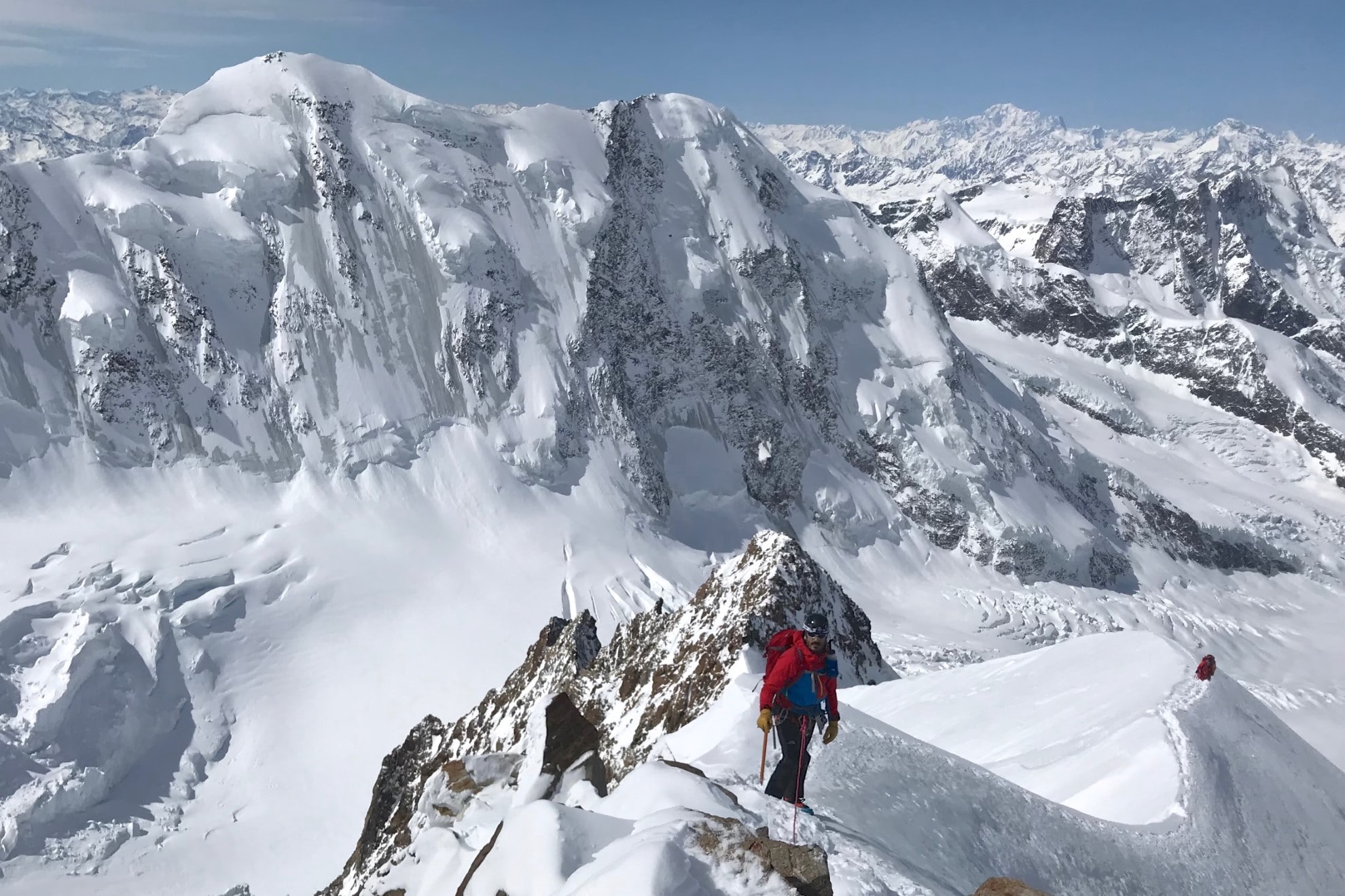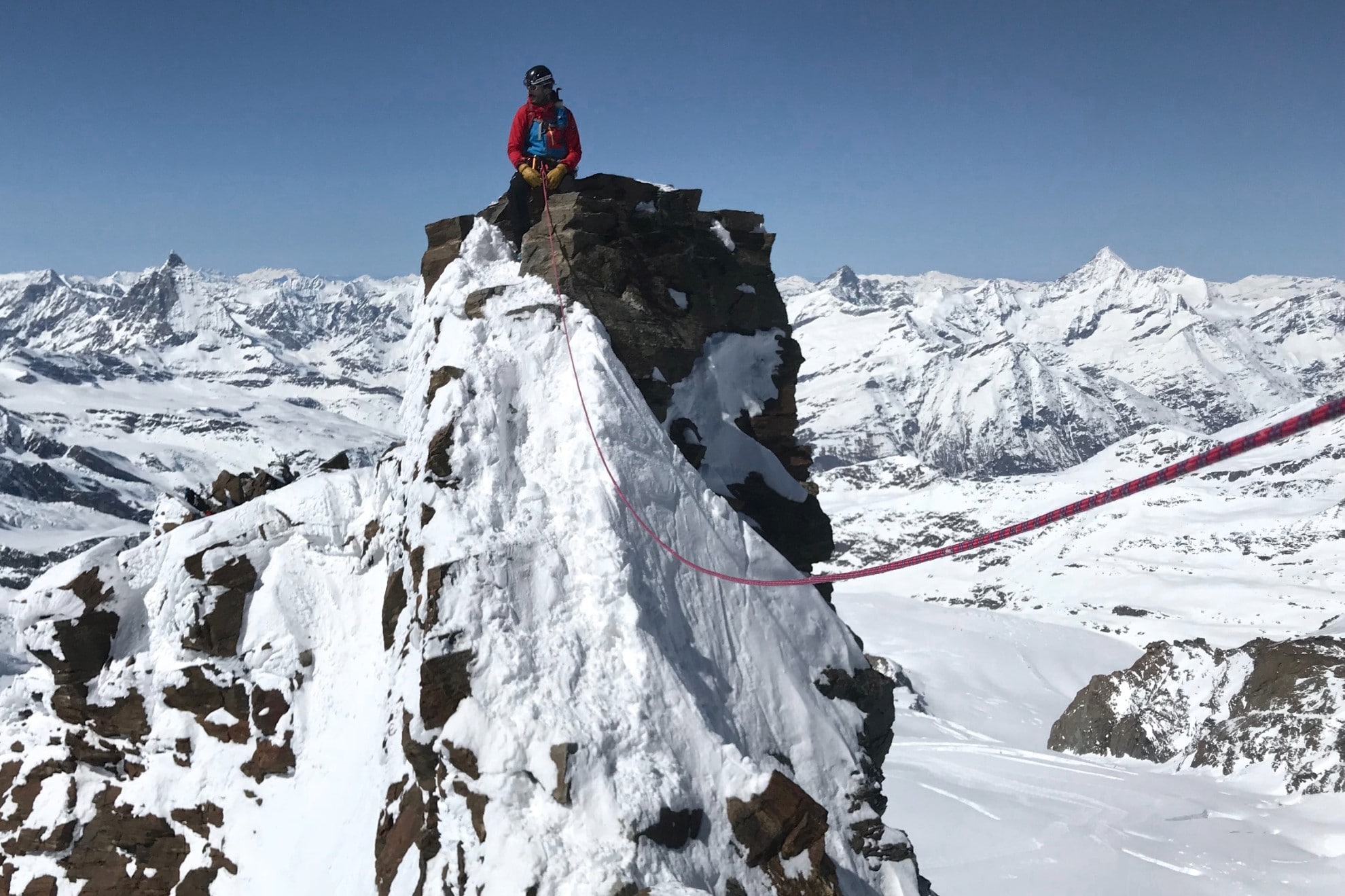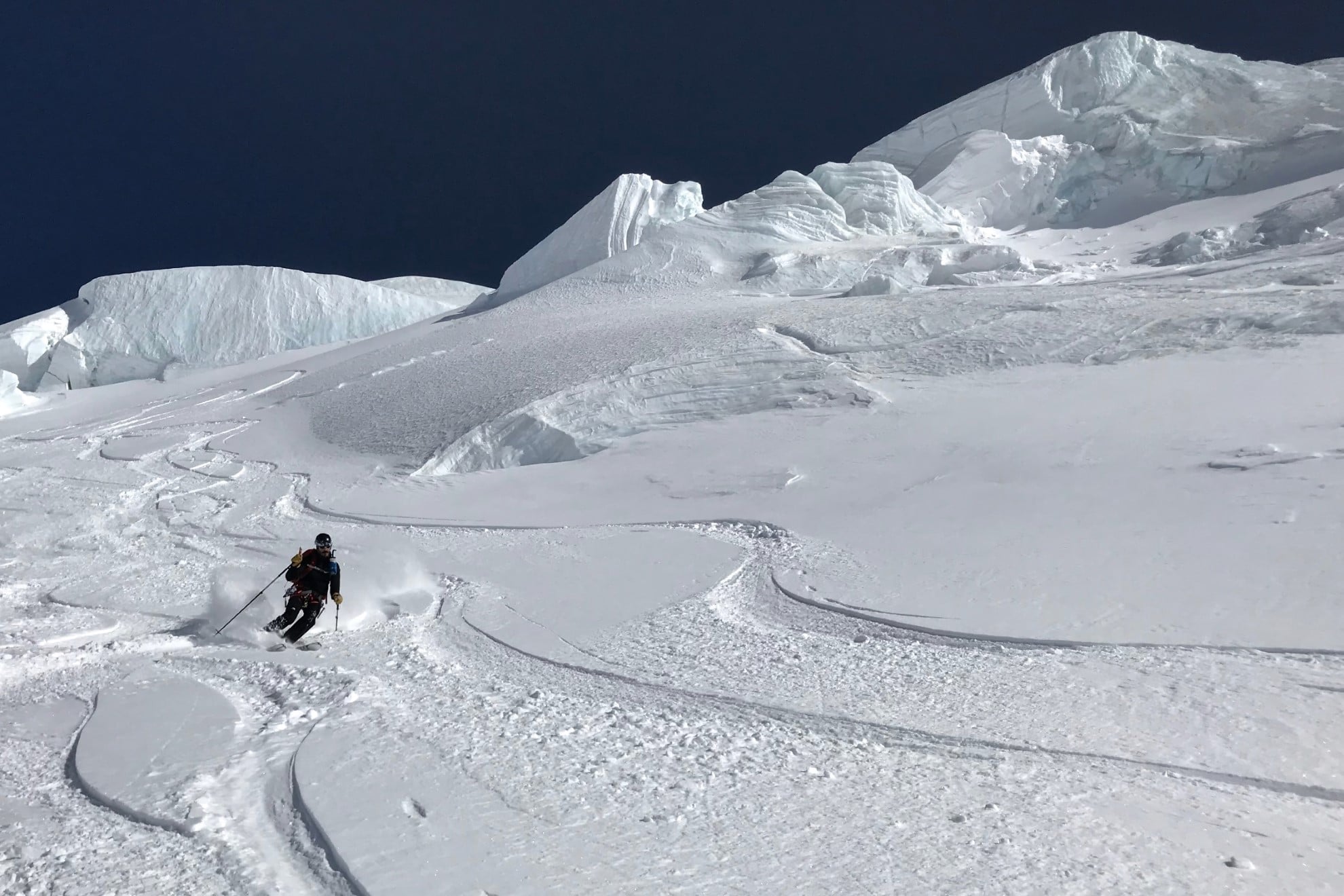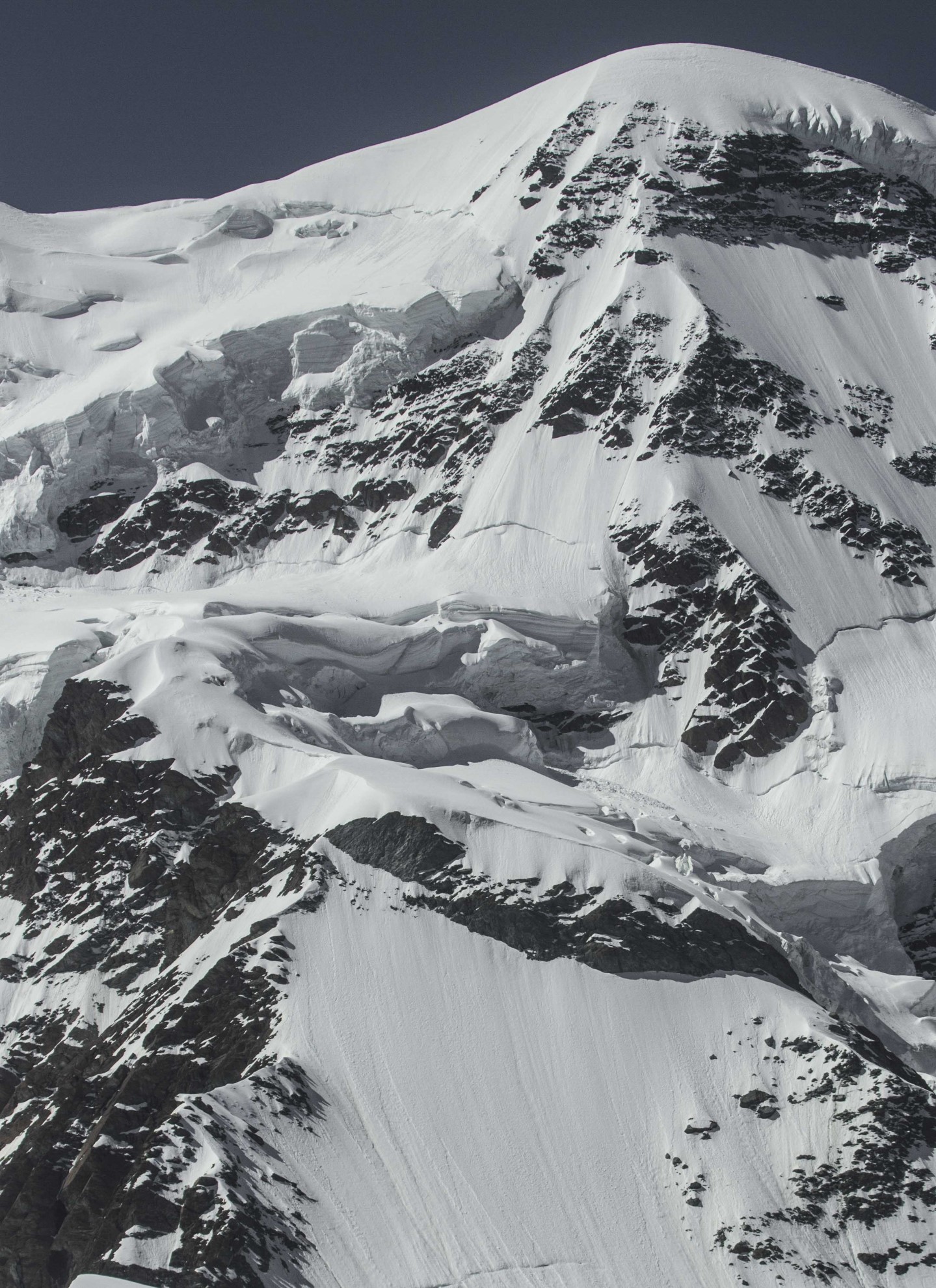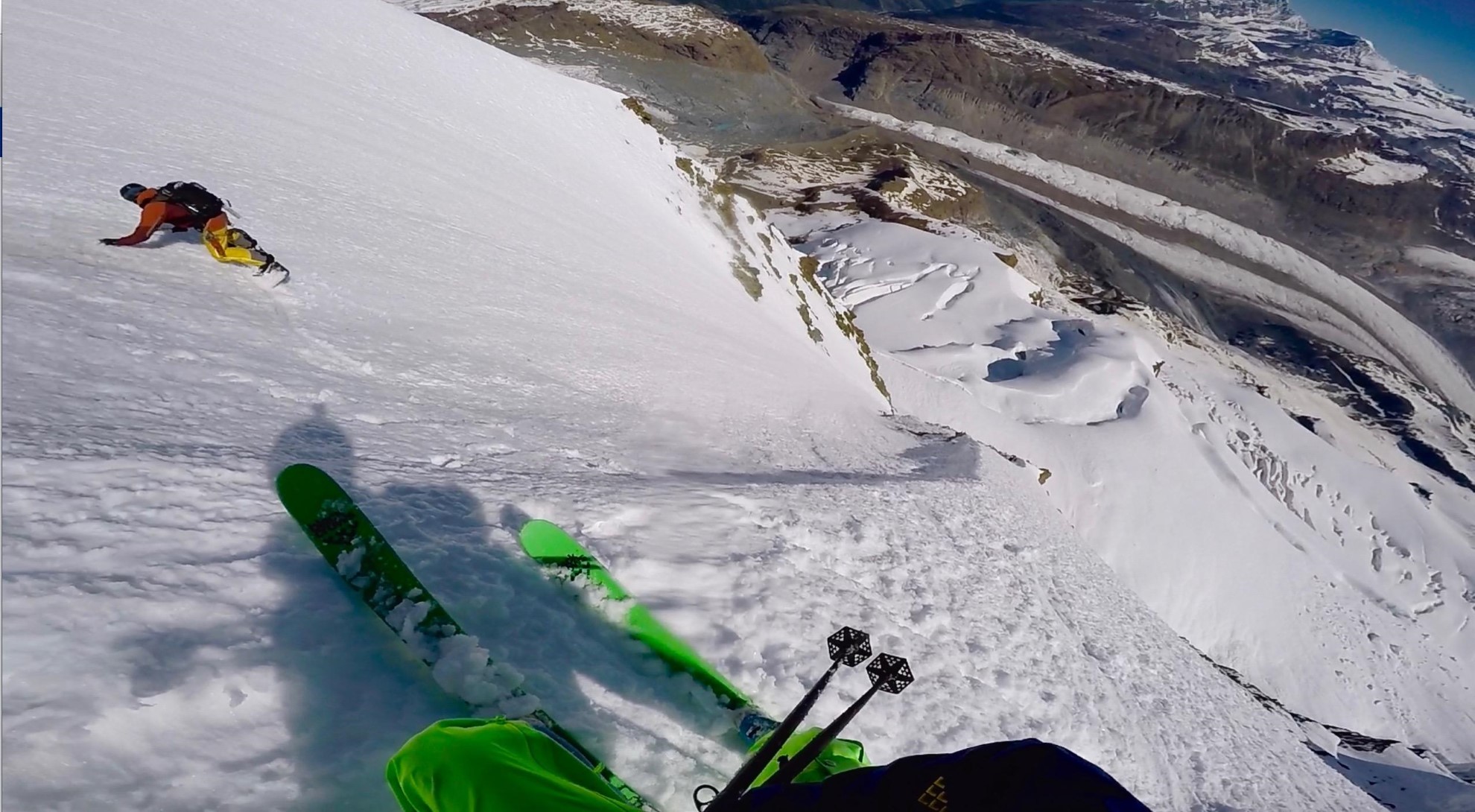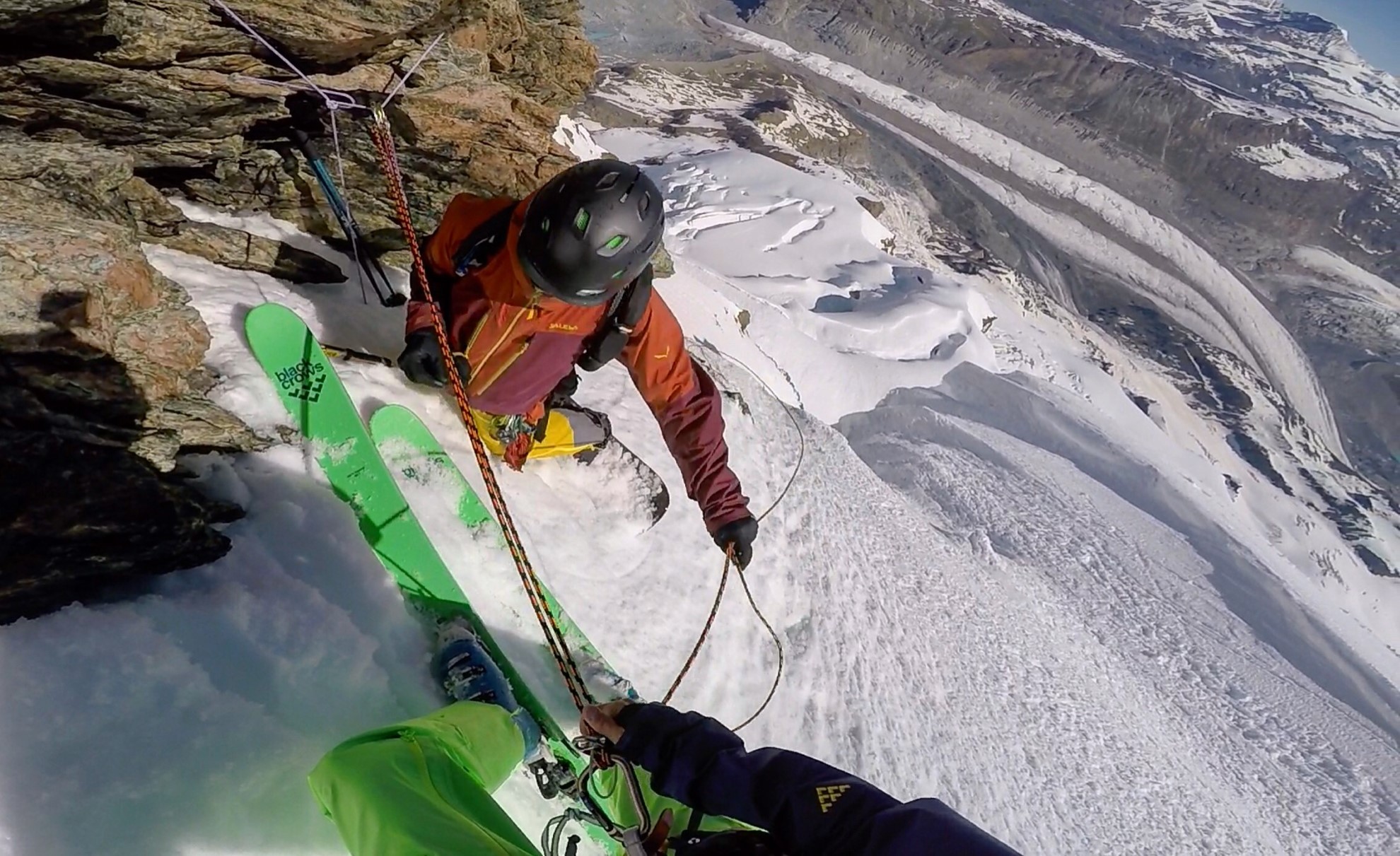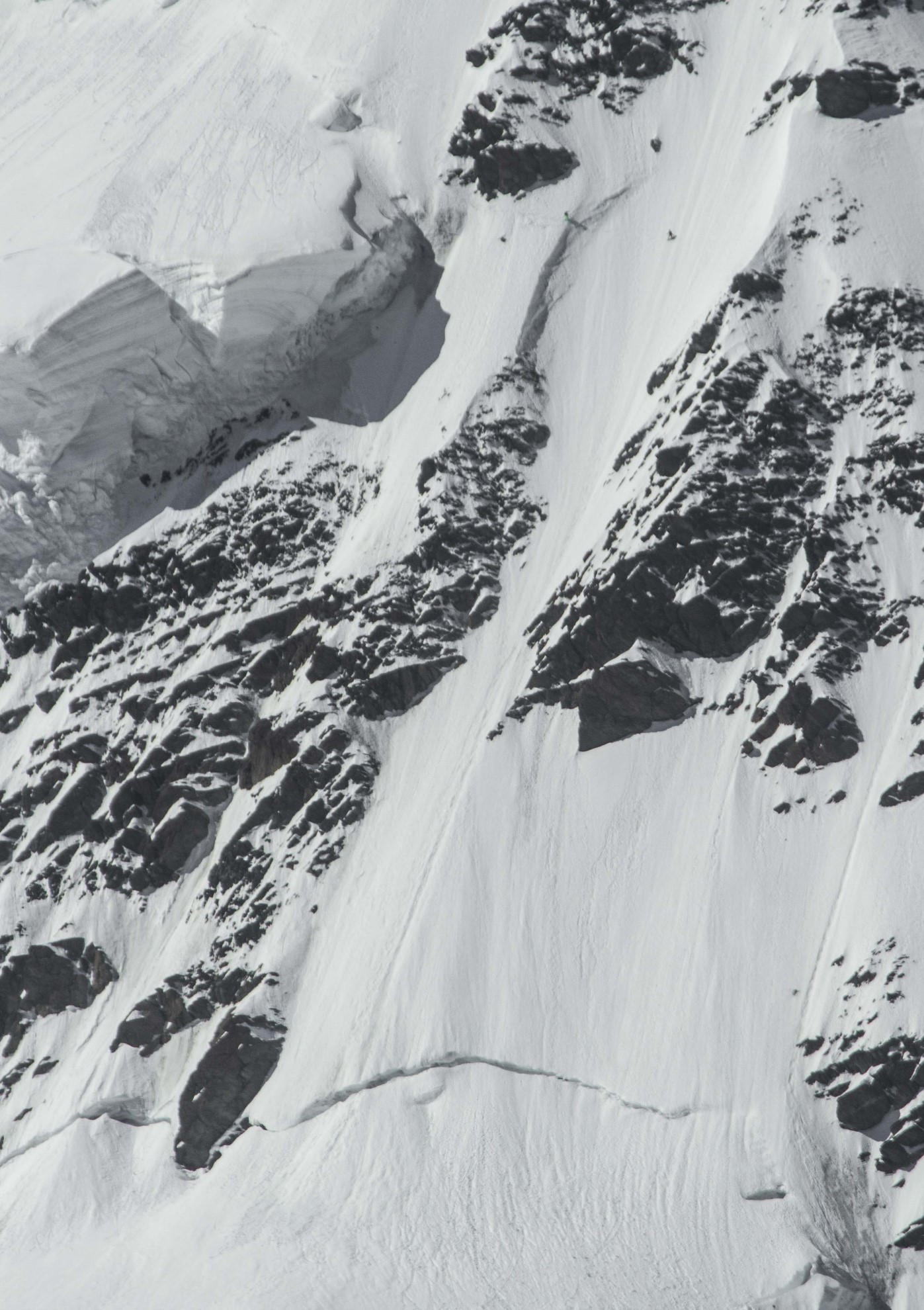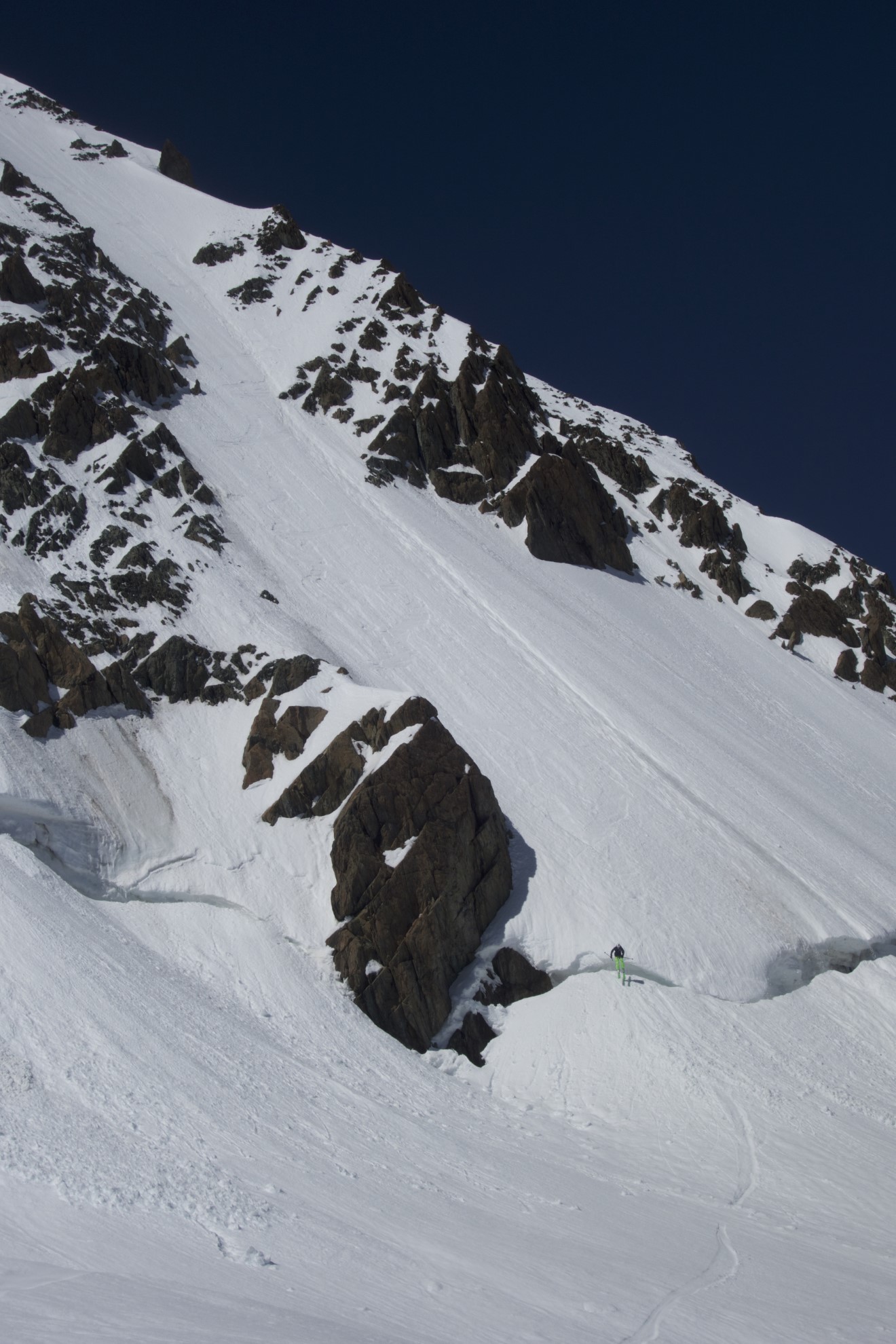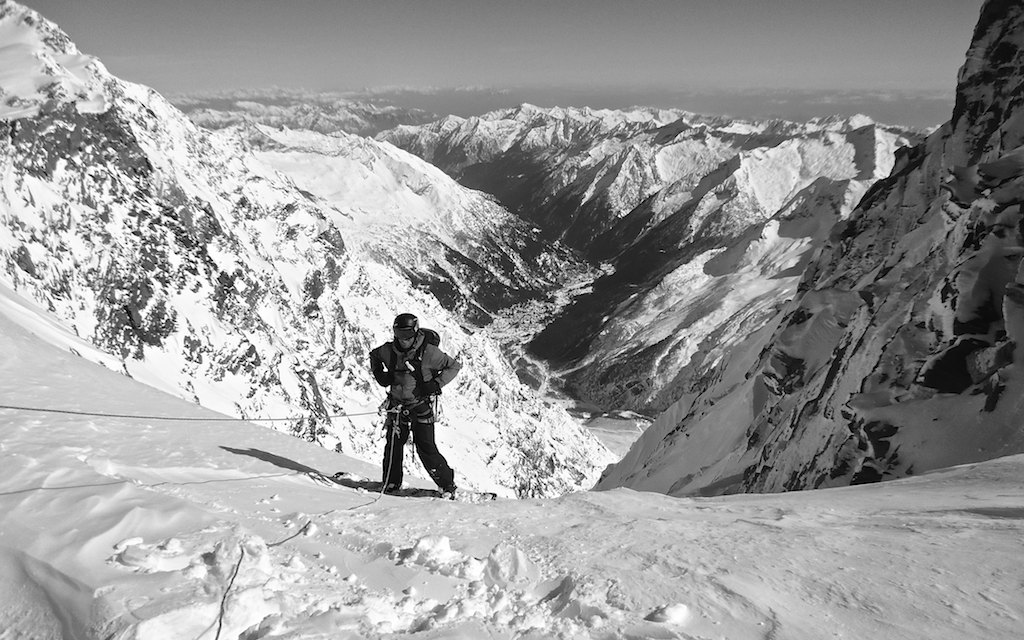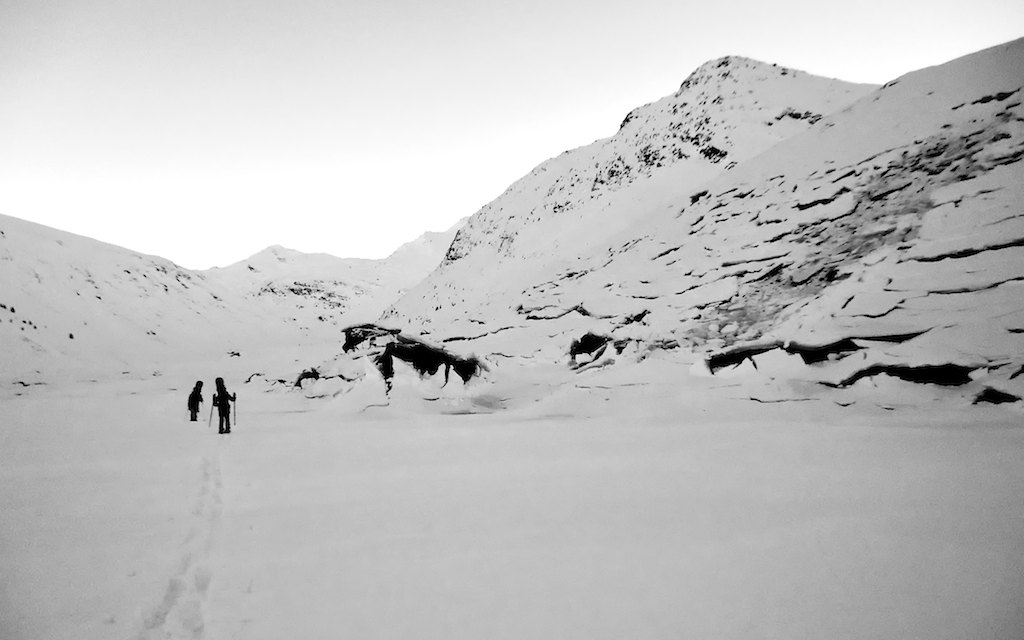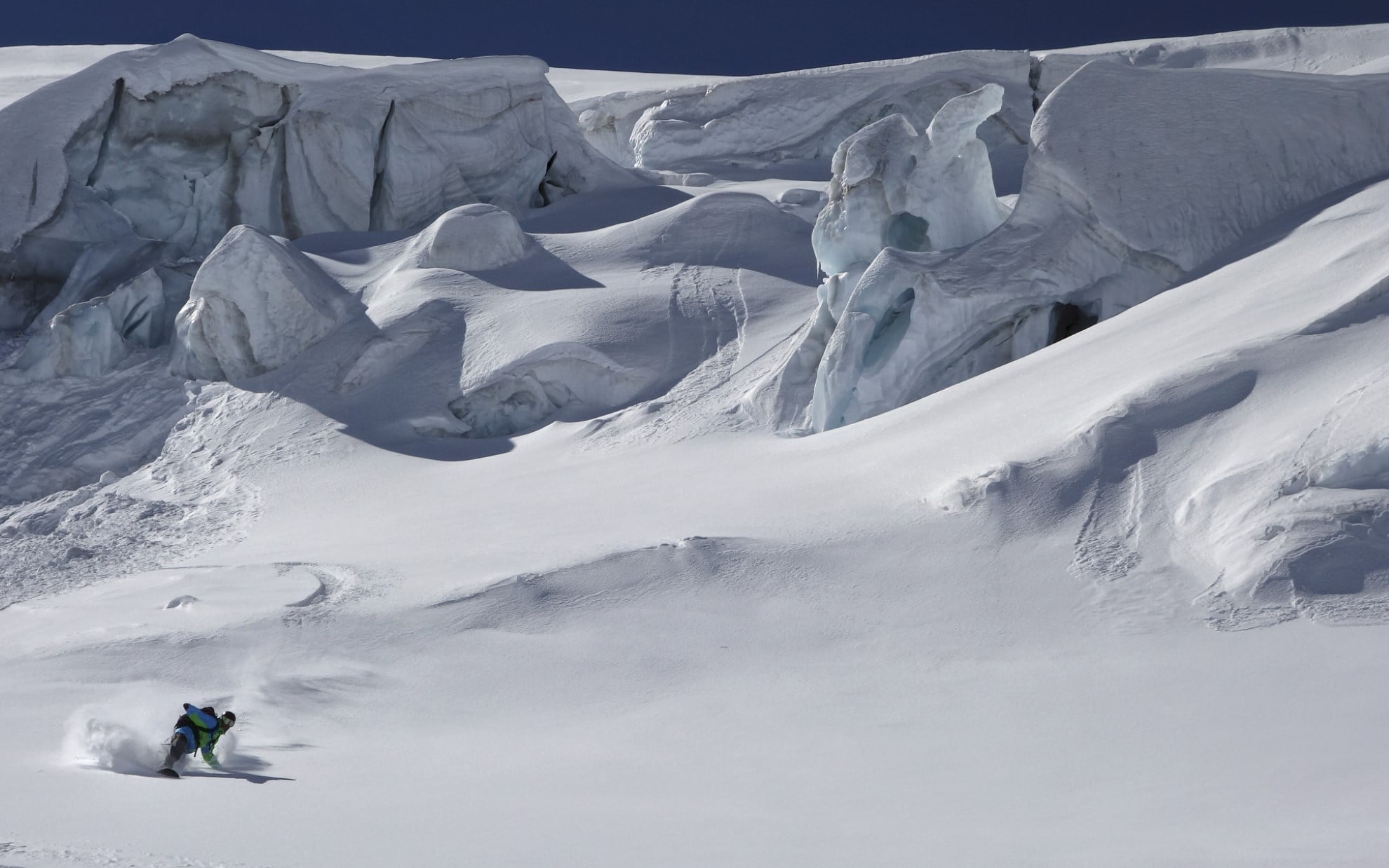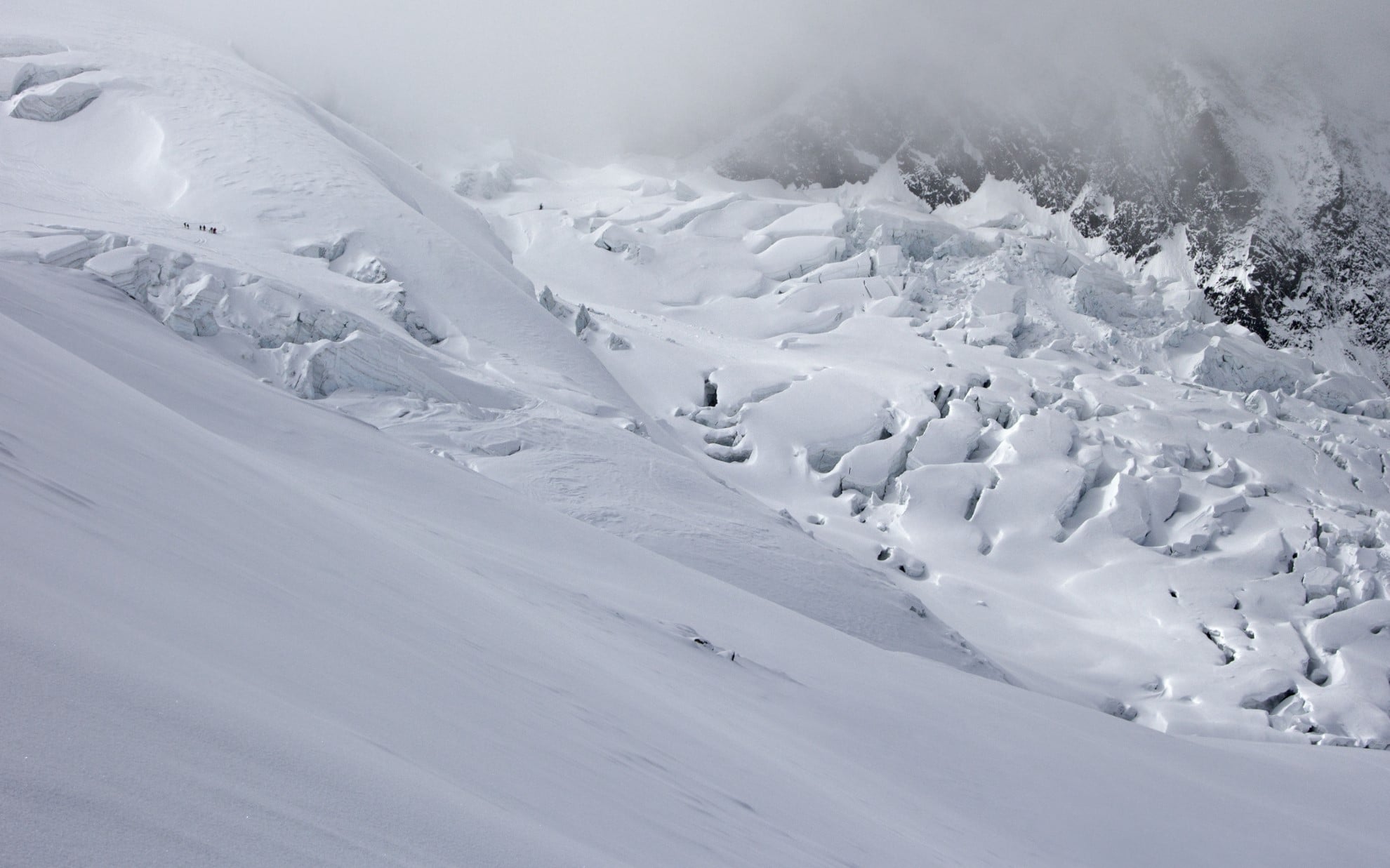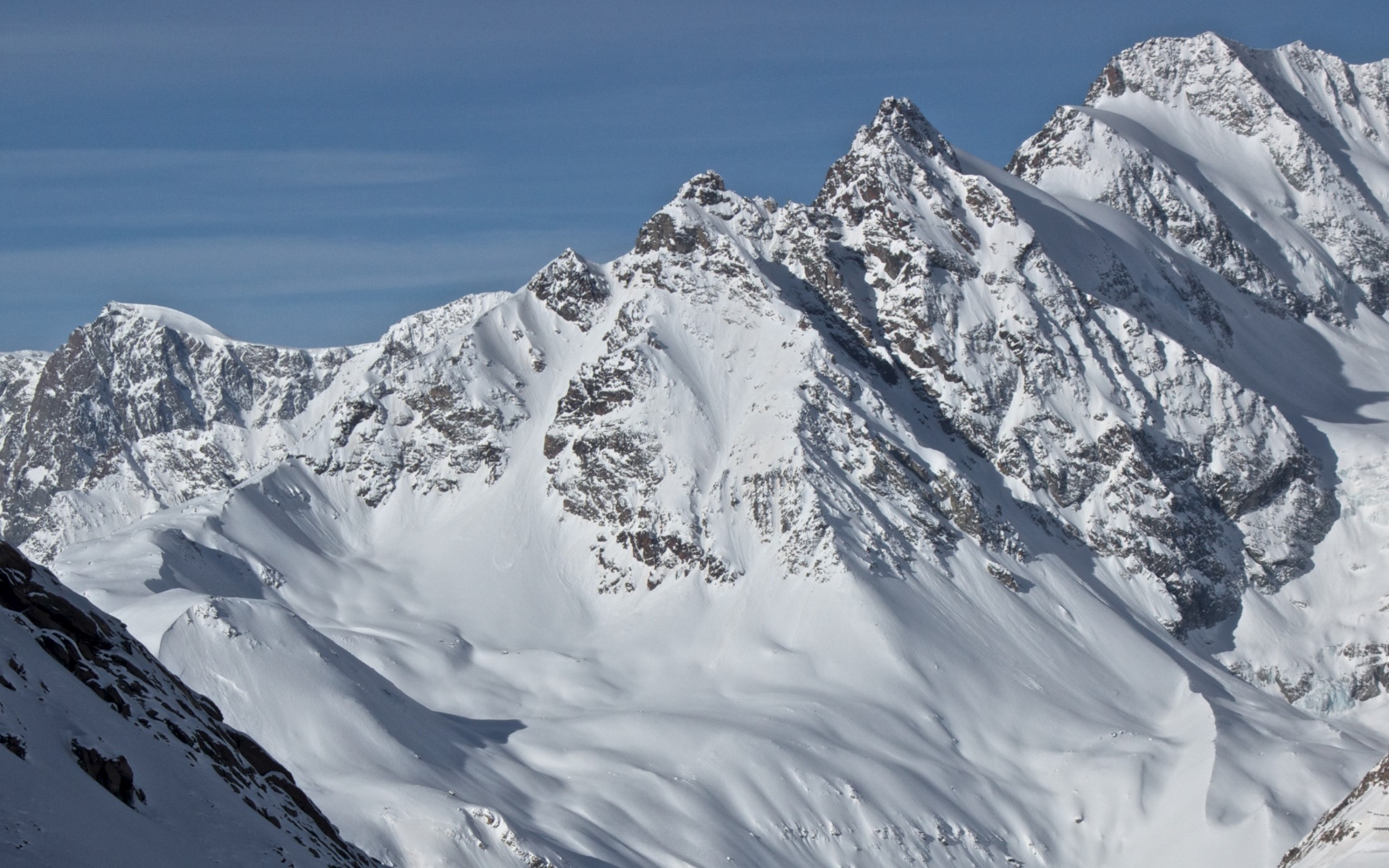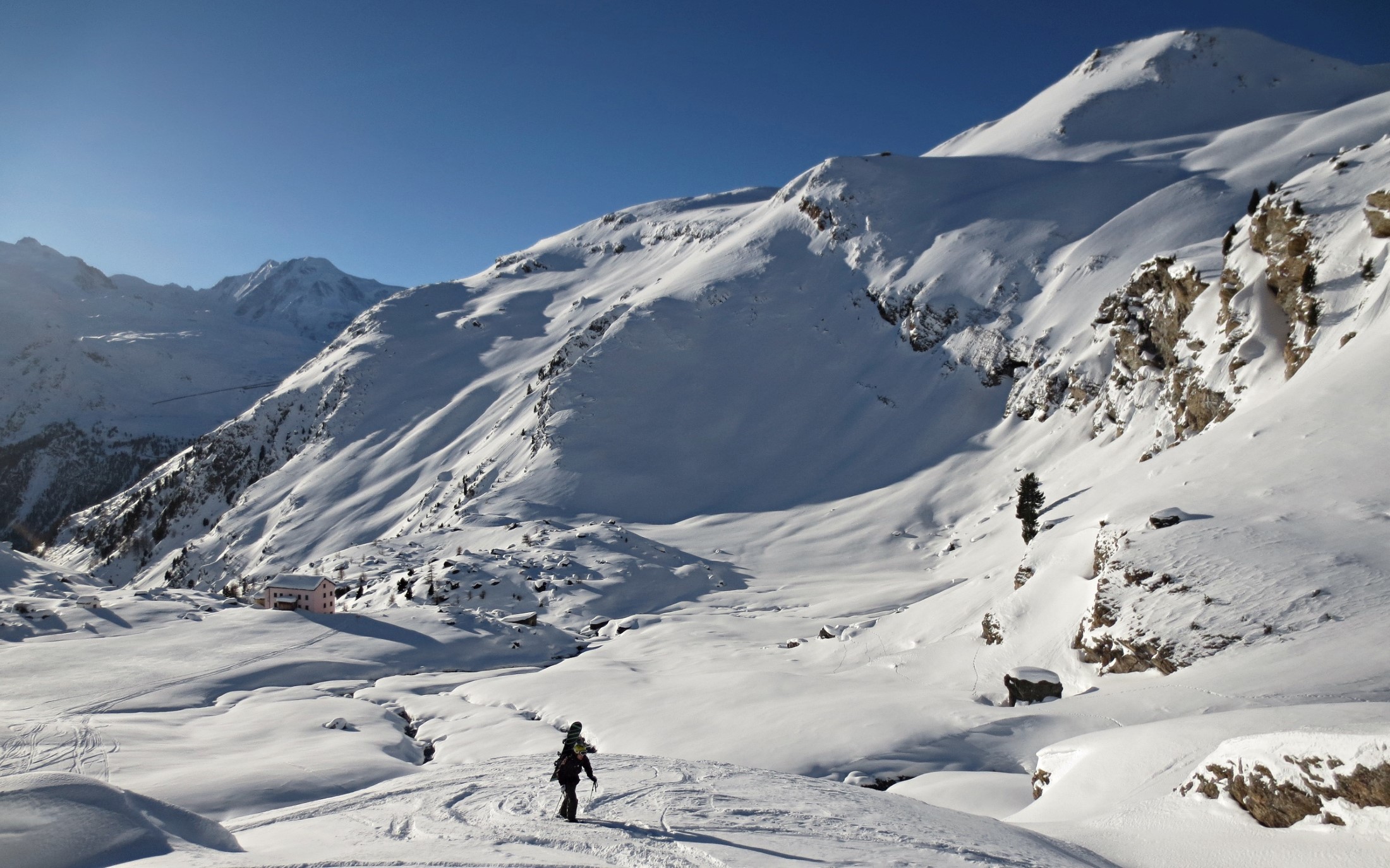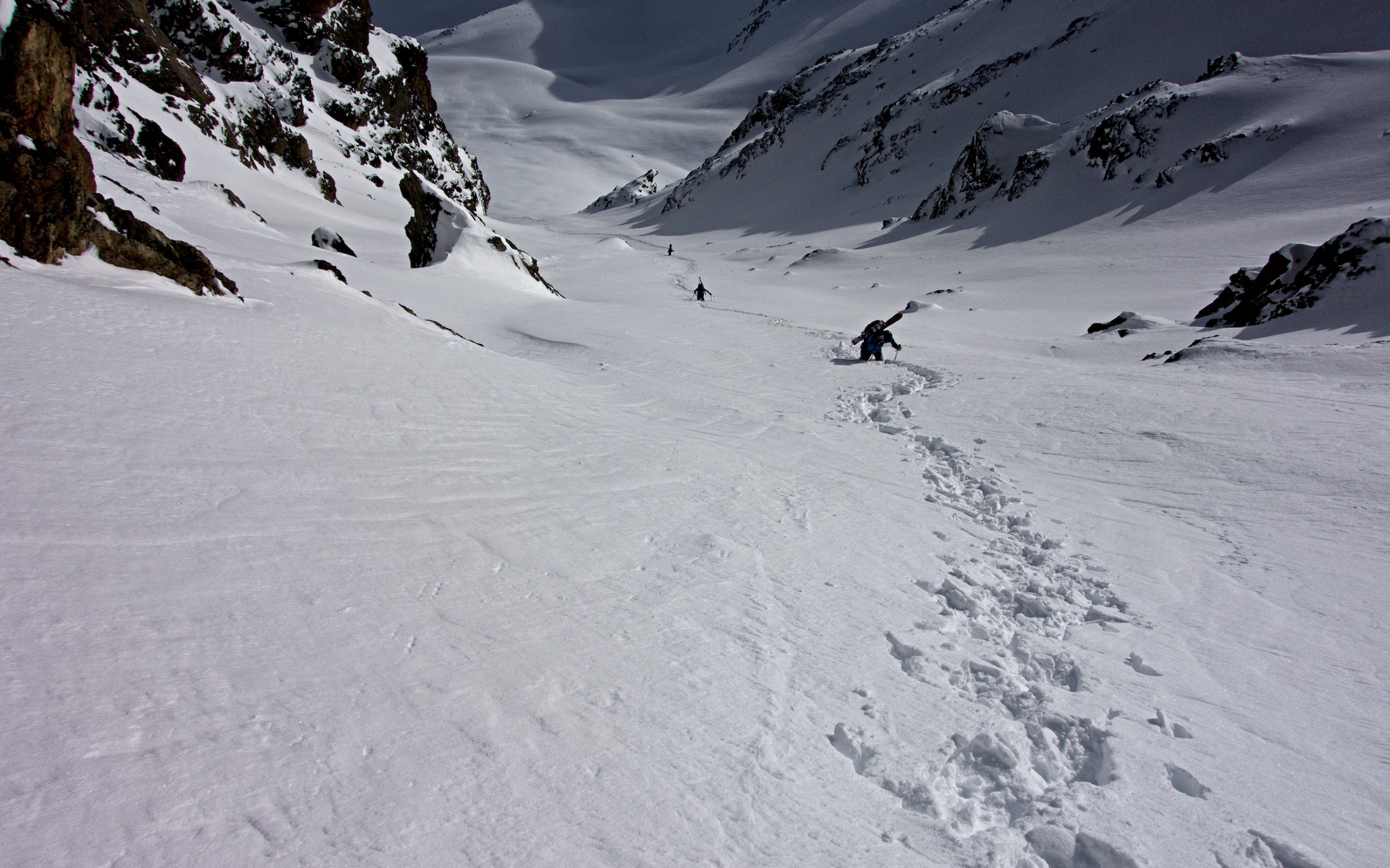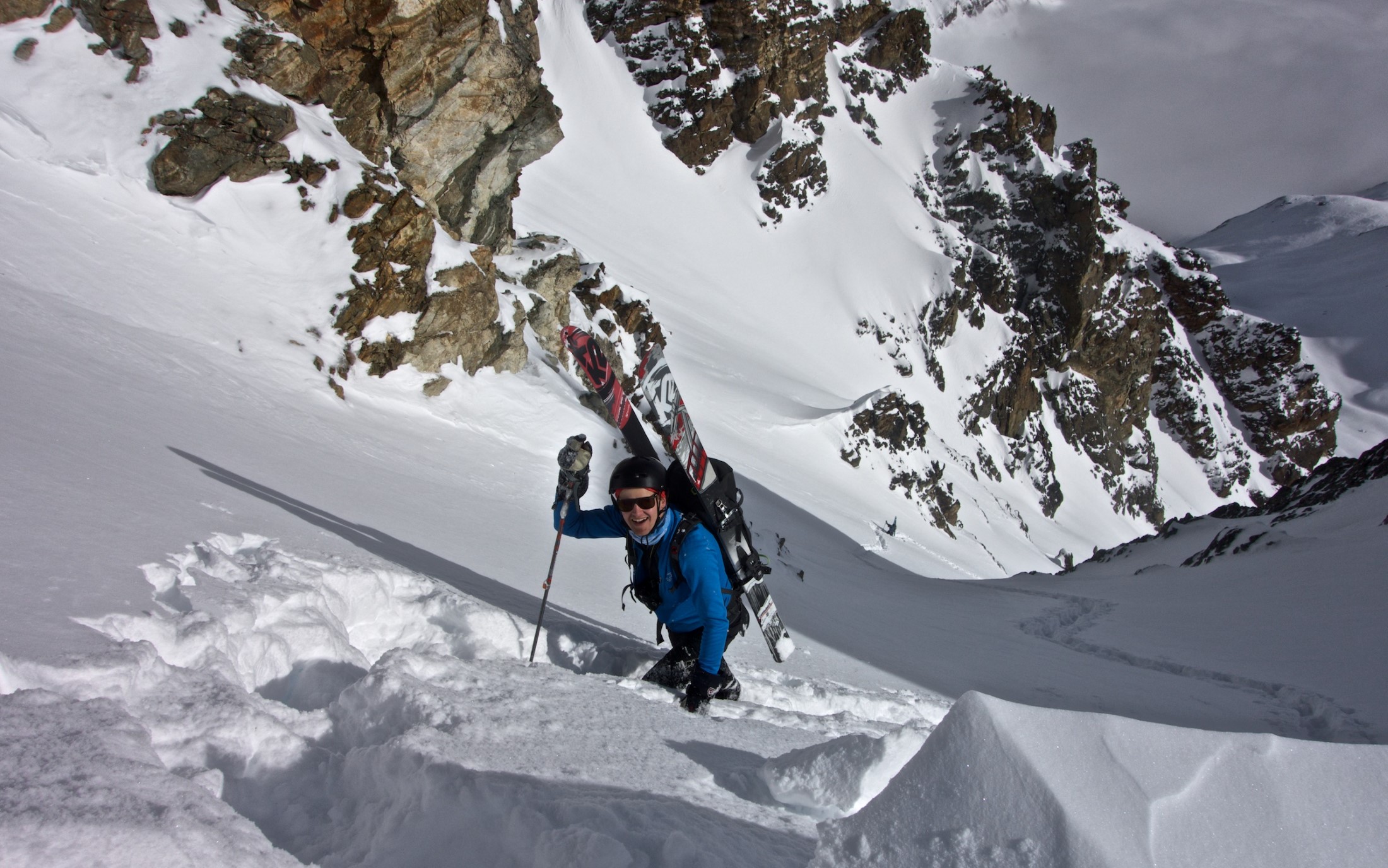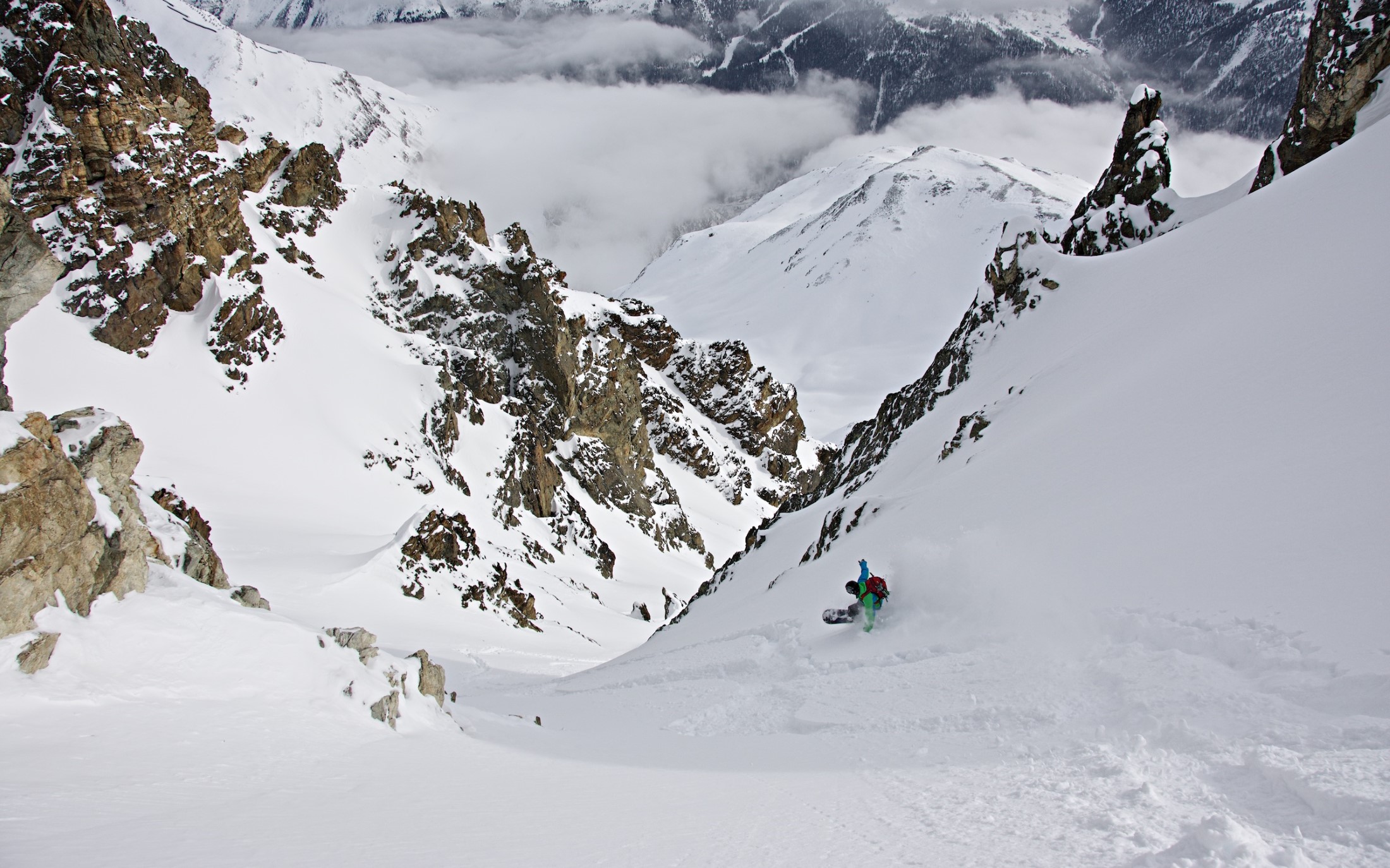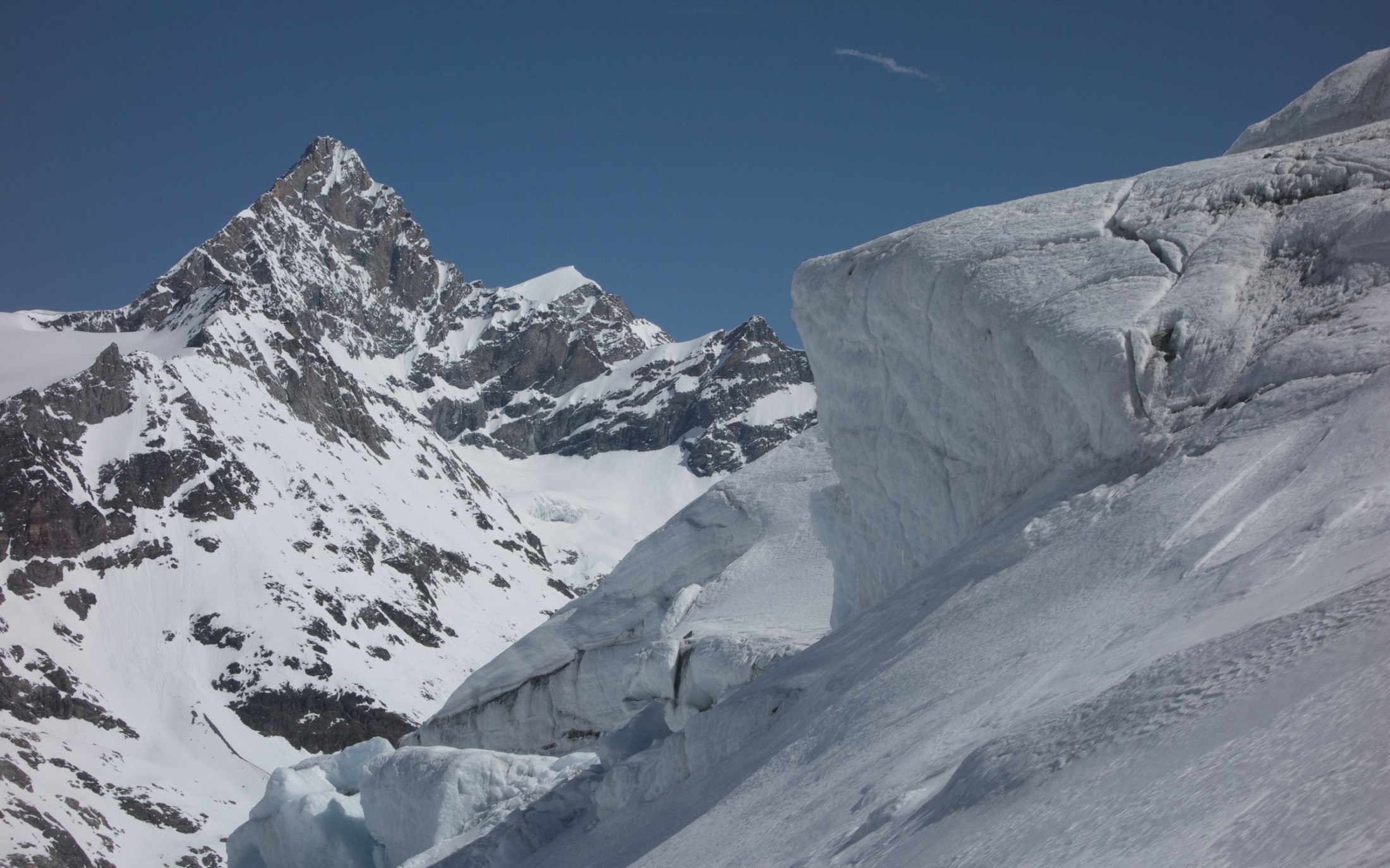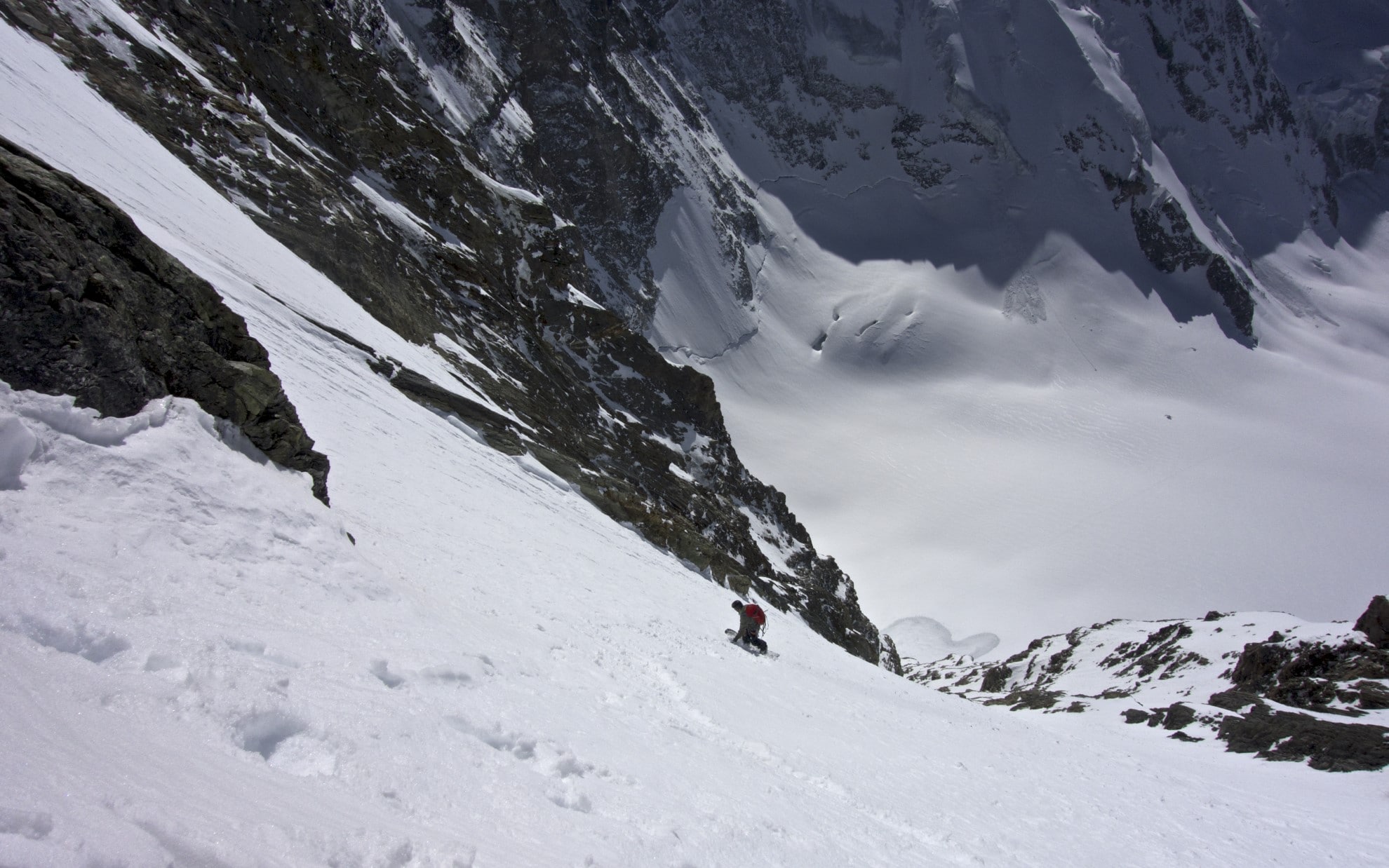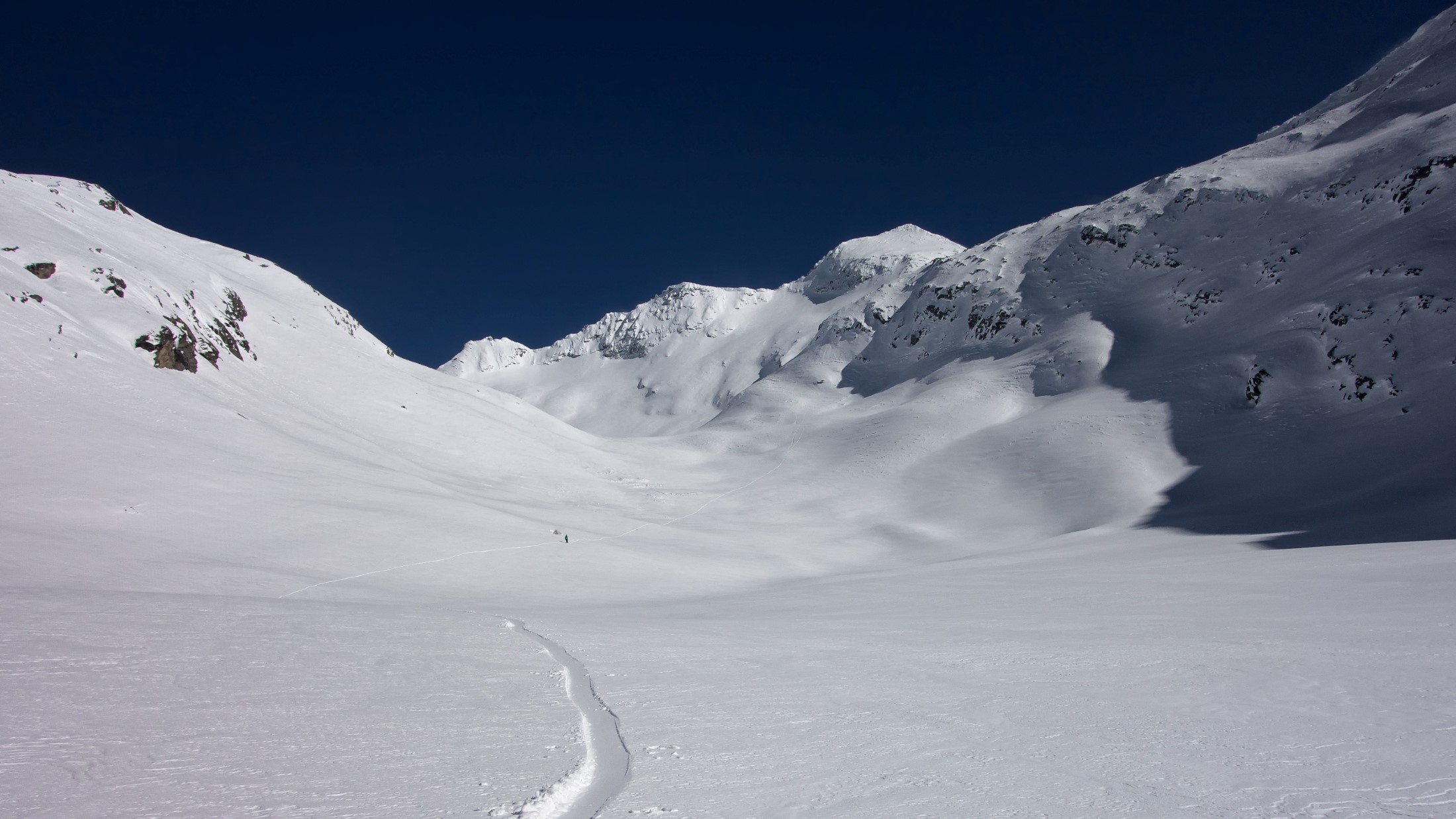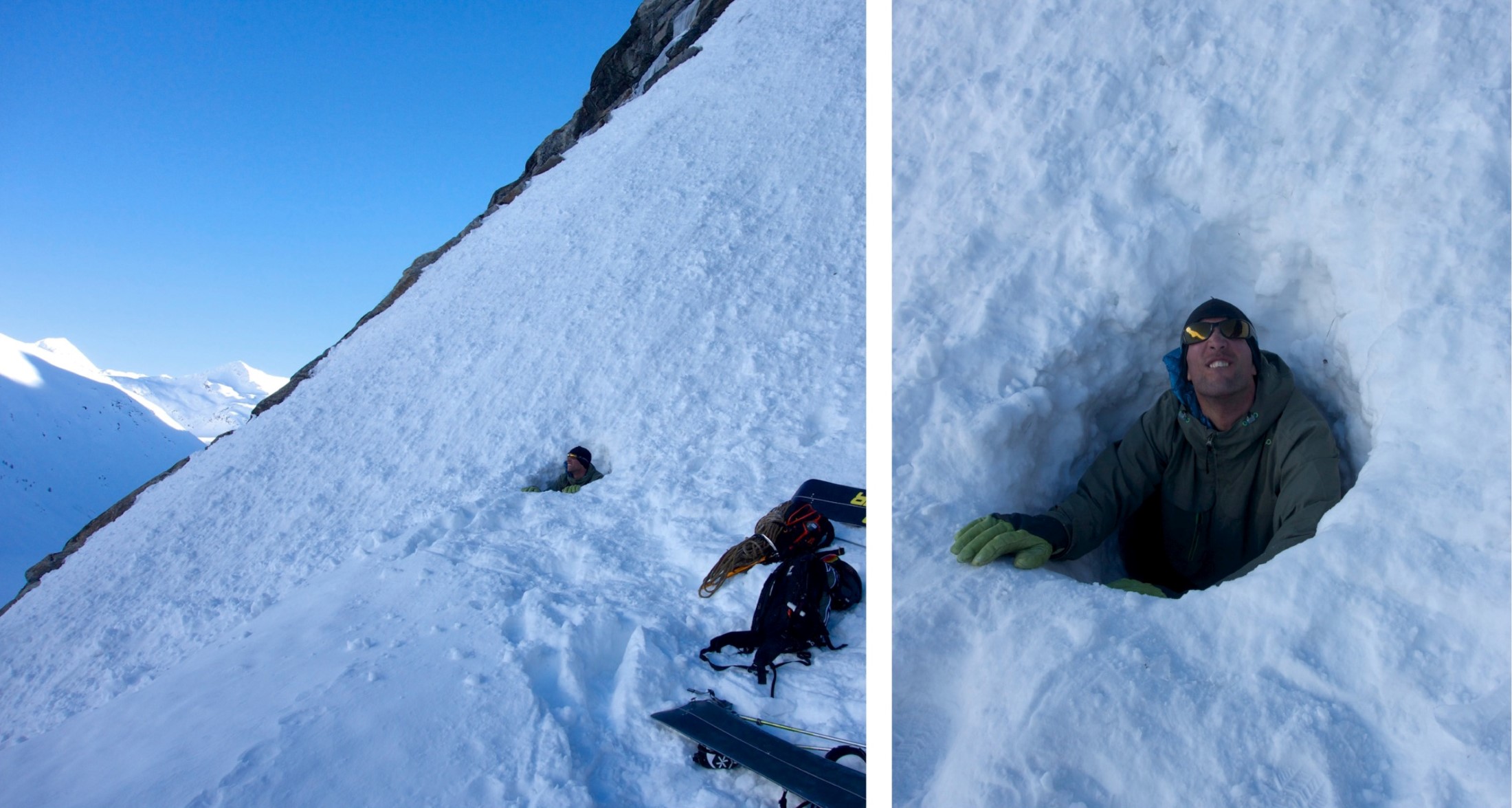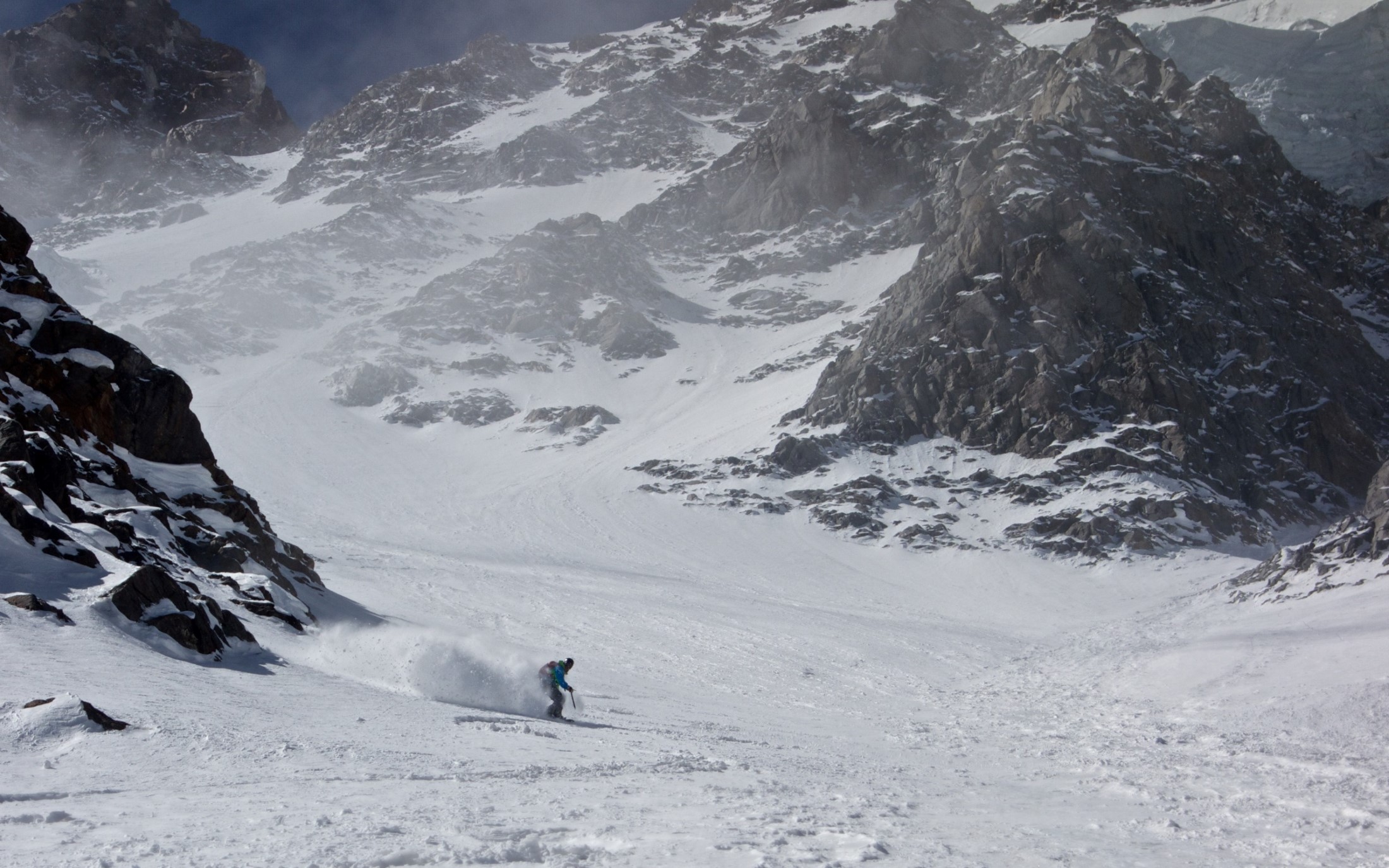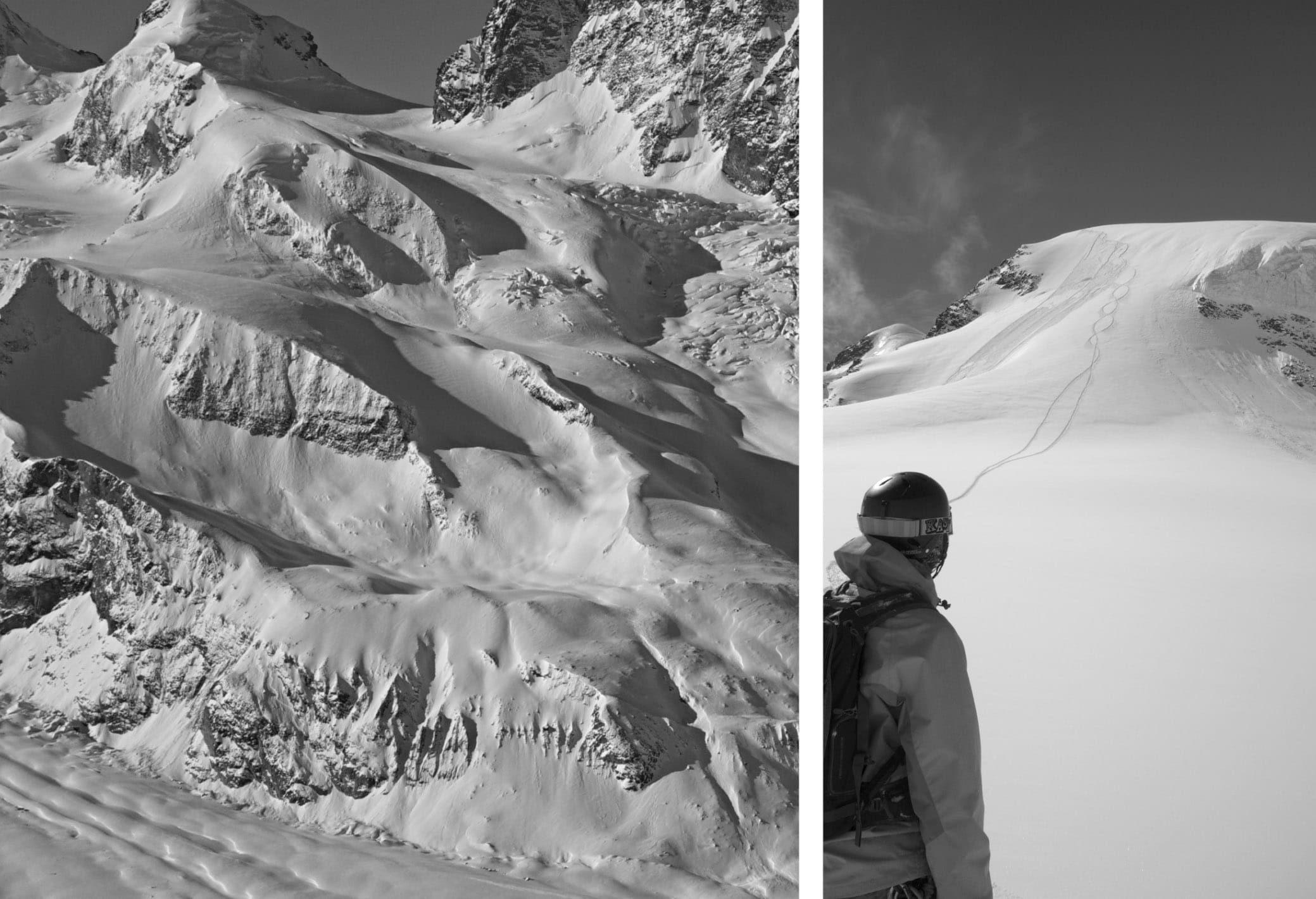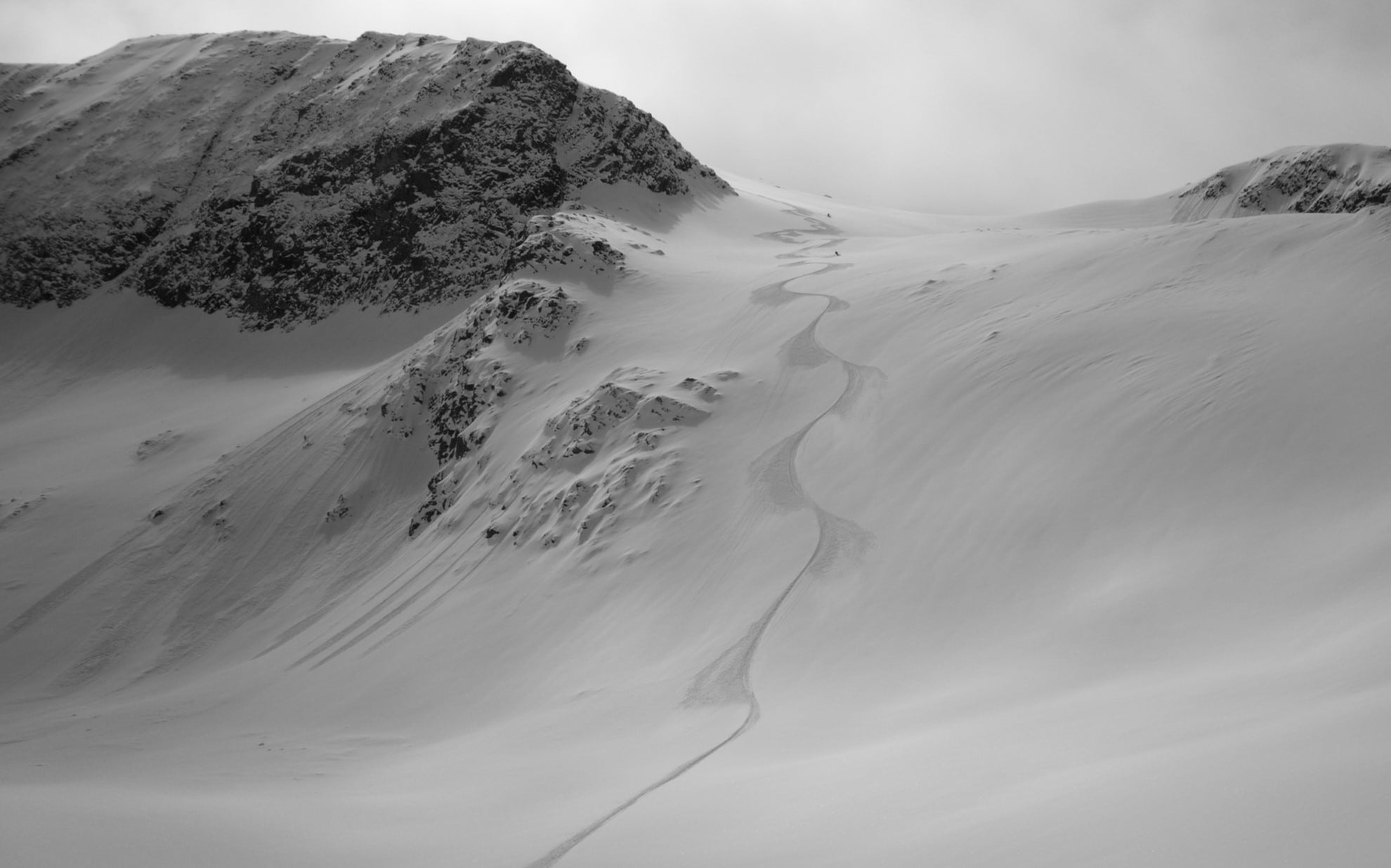Splitboard 101
I started Splitboarding in 2007 and went touring every winter since then.
This said, I’m no expert in the matter and there are plenty of people out there with a lot more vertical under their skins:)
During the last few years I had the chance to test many different kinds of gear, thanks to a combination of favorable prices and my addiction to snowboarding.
This is a personal opinion and experience, the bindings or the board I love might be the one you hate or vice versa.
Here are some thoughts and Feedbacks on the splitboard gear I used since 2007.
BINDINGS
I was riding the second version of the Karakoram for 4 seasons.
I also tested the carbon prime model from 16/17 for 5 tours.
All together the binding is good but there were a lot of things that often got me thinking that it could be done better.
Pros:
- High back is stiff and well shaped
- Ankle straps are nice and Comfy
- System works great on the slopes
- Nice warranty policy
Cons:
- Price (totally overpriced)
- Design: Many small parts that like to freeze up on your board and make the switches long and uncomfortable.
- Base plate is somehow not giving a great response on the board, it feels thin and not supportive.
- Loads of screws that need to be tightened and regularly checked.
- Parts failing, even though they get replaced, between me and my friends we have seen quite a few key parts braking.
This was my first binding solution for splitboarding.
It’s ok to start with if your on a small budget but it quickly feels bulky and impractical.
Pros:
- Cheap, you can find this adaptor plates at very convenient prices
- Versatility, you can use them with almost any binding
Cons:
- It’s super heavy unless you screw a mad lightweight carbon binding on them
- Change overs are not practical, fiddling with that pin drove me nuts in windy and snowy conditions.
- Your standing very high on walk mode so it’s not efficient at all to walk with.
My friend kept telling me how good the spark binding was so I knew I needed to try the one day.
When I tried the Surge I was really impressed with how well it rides.
They felt so much more like a normal snowboard binding and everything worked easier than in my Karakorams.
The only thing that really did not work was the heel lock which in my opinion it was a design flaw. They now have a new system which I haven’t tried it but it can only be better.
Pros:
- Comfort, you almost forget your riding a splitboard binding.
- Easy to use, nothing freezes up and the changeovers become a lot more pleasant and quick.
- Price, the price is fair and they are the best value for money I have tried on the market.
- Simply and well designed product
Cons:
- Heel lock up to 2017 is not reliable.
The build is solid with few screws and enough adjustment to fit it to almost any touring boot.
Pros:
- Solid construction
- Nice price
- Easy and quick changeovers
Cons:
- When you carry your snowboard around they don’t feel so nice around your arm
Soft versus Hard
Intro:
I always snowboarded in soft boots and the thought of trying hard ones never even crossed my mind but after struggling on so many tours and wasting so much energy I thought there must be a better solution.
Honestly I was also tired of looking like a penguin trying to climb up an icy slope..:)
While researching the web I kept coming across numerous articles about the advantages of using Hard Boots for touring.
Once I heard my friend Michi and great rider was really happy with his new TLT 6 boot i was like…fuck it , i need to put my style ego and preconceptions away and give it a try.
Since I work in a Dynafit shop the changeover was quick and affordable.
Impressions:
When I first tried the TLT6 I expected the walking to be better anyway. I must say it was actually quite fun to ride HB for the first time.
You can put more pressure on your edges with less effort so suddenly your heel edge grips like never before.
Still not the boots you would like to ride all day long or take to the park:)
But for a few carves they felt much better than expected.
The walking is so much better that after the first tour I was 100% sure there was no going back to a soft set up.
Conclusions:
Snowboard boots and bindings are somehow more comfortable and suited for steezy grabs but they are not designed for walking uphill. No matter how many modifications the industry throws at them, they will also never be great at it.
They say 1kg on your feet is like 4 kg on your backpack.
I always liked lightweight things, and once you start going on longer tours and planing 4000m peaks weight will definitely make the difference.
So if I’m spending 90% of the time walking up and I have two choices.
I can go to the top efficiently with a good pace and still feel fresh to enjoy the ride down on slightly stiffer boots.
Or I can drag up 4 or 5 kilos on my feet, feeling totally wasted after 1500 vertical while swearing and wasting more energy every time i need to traverse on harder snow. Just so I can enjoy my soft boots for 10 min on the way down.
For me the answer is obvious, also due to the alpine terrain where I live.
If your doing shorter tours on powder only conditions a soft setup probably works fine.
Pros:
- lightweight : The bindings are 400 gr lighter and if you consider that they are in your backpack while touring up, then you’ve got almost 1 kg less on your feet.
- walk mode, it’s so much nicer to skin up on a boot that has a range of motion like the TLT6, every step feels more natural.
- Efficiency, the pin connection from the Low tech binding makes every step a lot more efficient saving energy for the way down. Dynafit has been making and improving touring bindings for over 30 years.
- Traversing: your inner edge on your lower ski actually grips now, instead of sliding away like it does on a soft setup (Such a waste of energy while touring)
- Heel Lock: if you mount the the heel piece of the Low tech binding on your board you will get a pretty sweet heel lock. Only one raiser yes…and that’s all you need:)
- A boot that works on Alpine terrain, kicking steps on hard snow or putting on full automatic lightweight crampons is pretty sweet.
- Durability, a TLT6 will last you for years, it might get a bit softer, which is a good thing but it will never break like a soft boot does when after a long season they feel like old chewing gum.
Cons:
- Price: A Tlt6 boot plus a low tech binding can be up to 1000 usd, but they will last
- Tuning your boot: you will have to tune your hard boot to make it fit your riding style, some shops might be able to help you with that, if you try to ride it out of the box it will probably feel stiff and not that much fun on softer snow.
After modifying my boot i now find it more comfortable than any other softboot I ever owned.
(we do it at the Salewa shop in Zermatt)
BOOTS
I was all excited about this boot, since I was desperate for a good sole on alpine tours. Honestly it was a big disappointment because of its bulkiness.
I had a size L Karakoram binding and was almost not able to to close the ankle strap on the biggest setting.
My feet are size uk 9.5 Mondo 28.5 Eu 44.5
The amount of boot sticking out of my edges was so big I didn’t even consider riding it , for sure massive heel and toe drag. Something you really don’t need when riding more exposed lines. This was in 2015 so maybe the boot got smaller by now.
I ordered this one as soon as it was available.
First impressions were pretty good, the boot feels solid and well built.
The vibram sole looks a bit more hiking than mountaineering.The profile it’s not very deep, but this probably keeps the boot a little softer for more riding comfort.
The boa walk mode works fairly well and it brings a needed improvement to snowboard touring boots. ( still miles away from the range of movement you get from a TLT 6)
What I didn’t like on this boot was the feeling around my shin no matter how much I tightened the boot it would always stay kind of loose on the top part creating a delay in pressure transmission while riding that I really didn’t like.
A Dynafit classic that ‘s evolving since 15 years.
Now it’s called the speedfit. Well built and durable weight around 1.1 kg depending on the liner.
Like i mentioned before it is going to last so the 600 bucks are well worth,
You will go through at least 3 pairs of softboots while these ones are still good.
It fits pretty narrow so if you have wide feet you need to stretch the shell out which is no problem at all.
After modifying my own boots I got them to feel more comfortable than any snowboard boots I have ever owned in 25 years of snowboarding.
The mods require a rivet machine and are better done by someone with a bit of experience.
DofourSpitze
Waited for years to get the right conditions on this one, but it was well worth in the end.
We skied down the Schwarztor in perfect powder conditions.
During Winter 17-18 some of the biggest amounts of snow were recorded from the last 30 years.
From the hut upwards it is a long and cruisy skin up, it’s never very steep so it actually flows really well until the Satteltole.
Once we were up on the ridge it started to get more interesting.
If you want to ski on powder conditions there are big chances that the ridge is a little icy from the winds up high.
Needless to say the view is breathtaking from the top.
Even though we felt pretty tired the down climb went really well for me and Alfonso considering we kind of met at the sattel and decided to rope up together there.
Skiing perfect powder all the way down to the hut felt quite unreal and made us all wonder how great it feels to skimo.
Breithorn Nord
Even if it’s not an obvious line it’s in my opinion the most beautiful line in Zermatt. I waited patiently for 15 years to assemble the necessary skills and ride it in good conditions.
We saw the snow building up throughout the spring and finally it started looking really good.
My friend Eric was super keen to ski the line and we could smell it in the air, but we were not sure of which day to pick.. Once Simon A. kindly gave us the green light we went for it.
As usually we waited maybe a little too long on the top for a bit softer snow, none of us had ever skied the line and it does feel quite committing to take your first turns down the north face of the Breithorn.
After skiing the top section in perfect slushy snow we reached the anchor which was ready to go from previous skiers. We used a 60 m rope to traverse the usually ici section, it could have been skied without but since we didn’t know what to expect we took it safely.
The zone below the abseil is often icy and very exposed with guaranteed fatal consequences in case of slipping down.
The zone below the abseil is often icy and very exposed with guaranteed fatal consequences in case of slipping down.
Here both of us entering the couloir, our friend and photographer Juan was on gornergrat capturing images and checking we got down in one piece.
Tuket
What a surprise when we saw this line from the top of Torre Castelfranco. A perfect line down to Macugnaga in our back door. We walked there on recognition tour and didn’t expect to get anything but when we saw this we could not turn back.
A safety check on the rope to see how things were looking.
The top part was still on dry powder which felt great to ride, and getting sluffed by Charlie and Kara was totally worthy.
It was almot too good to be true and soon we were facing the crux.
The dry powder had vanished and has one of the earlier slides swept down most of the snow in the steepest and narrowest section.
We were left with ten meters of thin ice before the two meters drop and more ice on the landing. hmhmmhmm!
Finally I found a desperate placement and we abseiled past the ice.
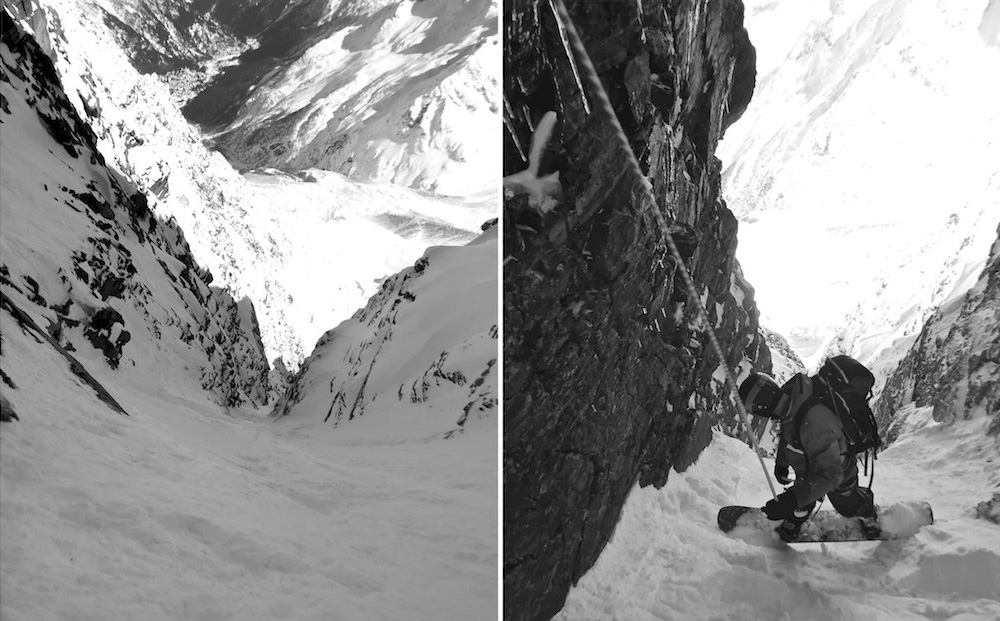
The bottom section soon turned into spring snow and with big smiles we carved our ways to the bottom greeting two Italian skiers walking their way up.
Schwarztor / Porta Nera
A classic in Europe and probably the most skied glacier tour in Zermatt.
Myself breaking trail in a very deep day.
Snow conditions can get pretty epic on this area.
Its northern exposure keeps the snow dry and light for long periods after a snowfall. Like on every glacier things can change quite dramatically from season to season and sometimes you even noticed differences in ice formations from week to week.
Even if this tour is very trafficked stopping at wrong spots could definitely send you deeper than you wish into the glacier.
As you make your way down there are plenty of good photo opportunities.
It is a nightmare on snowshoes but hey, who is still snowshoeing these days.
Untergabelhorn East Face
A striking line seen from Blauherd.
It’s inviting and it has loads of space for some big turns.
No lifts, no crowds,usually requires a dawn start unless you’re one of those PDG mutants 🙂
The feeling of being greeted by the early morning sun is always rewarding and the wilderness of the valley is astonishing.
As you work out your way to the bottom of the couloir you get some pristine glacier views.
Stuart (Foggy) showing us some graceful kickturns.
On the way down there are a few options depending on the conditions..
Zmutt Ridge Couloir
When I saw this line for the first time I felt like I was living in Paris and have not seen the Eiffel Tower. A perfect couloir on the west face of her majesty the Matterhorn was just around the corner.
Me and Dominik went for a look a few days later and climbed 1/3 of the way up but the weather got cloudy and the snow stayed hard so we down climbed and had a nice playful run on spring snow lower down.
The season after I still felt like the couloir was rideable and the line looked amazing, You don’t get a clean entrance from the top but the environment of the location definitely makes up for it. After seeing a photo that a friend took from a heli flight during those days we went for it, only to meet this monster bergschrund at the exit.
This definitely shook us down and we knew that a fall could have the worst consequences with this thing at the bottom. We spotted a clear exit point that didn’t need abseiling on the way down.
After scrambling around a tricky boulder section to avoid the bergschrund we started to realize how steep the terrain really was.
Step after step we gained our way to the top and felt exhausted by the time we got there. I improvised a relaxing anchor and pretty soon the time had come to get rid of the fears and drop in. The snow had softened to the sun in an unheaven way which made it tricky. Actually, I have never had so much doubt in my head before dropping in.
Tyndall
Winter 2015 was a sketchy one in Zermatt but during the end of the season things settled a bit and we went east to check out the Tyndall couloir.
We were busy catching up to a slow start after I had some issues with my new skins. We quickly made up time by choosing a more direct but steeper traverse.
The timing was still good but as we approached Torre Castelfranco the wind picked up a lot! Like really a lot. We reached a platform on top of the entrance and I went on a recognition rappel. Pretty soon I found a trustworthy anchor and thought that lower down the wind would probably settle down a bit.
The waiting for Charlie at the anchor turned out to be quite long since communication was impossible and he could not feel the rope coming tight as a signal to come towards me.
Eventually we abseiled the 15m cliff and slowly started getting a view of the amazing couloir ahead of us. Conditions got better and better and we got dry snow all the way to the bottom which was unexpected considering it was April.
We felt the spring again as we reached Macugnaga and with some ice still hanging on my face we looked for a place in the sun and bought panini before heading up to Monte Moro.
From the Bahnhofstrasse to the Marinelli
While walking down the street I met a local guide who asked if I wanted to join them on the Marinelli the next day. Ya Siiicher:)
After an impressive flight and smooth landing right on Top of Silbersattel we were greeted by mountain-wilderness members who were not so impressed with our arrival.
Quickly we started rappelling into a friendlier environment and mountain guide Thomas Zumtaugwald (Turbo) set a second rappel station and I was the lucky one to go down first.
We couldn’t have asked for better snow.
Carefully we went through the mid section with seracs the size of a car and soon we were standing on top of the last and biggest face.
Big Thanks to our guides Fabi Lauber, Thomas Zumtaugwald and Roberto for the unforgettable day.
- What a day!!
Kleiner Pollux - Schwärxe
Kleiner Pollux- Schwärxe
A more exciting and less crowded alternative to the Schwarztor.
I first rode this with Charlie in 2012 during one of our learning by doing splitboarding adventures.
The top face is a big roller that can be a little scary to drop in to.
Usually it gets a little wind affected, but it can be really good on the right day.

